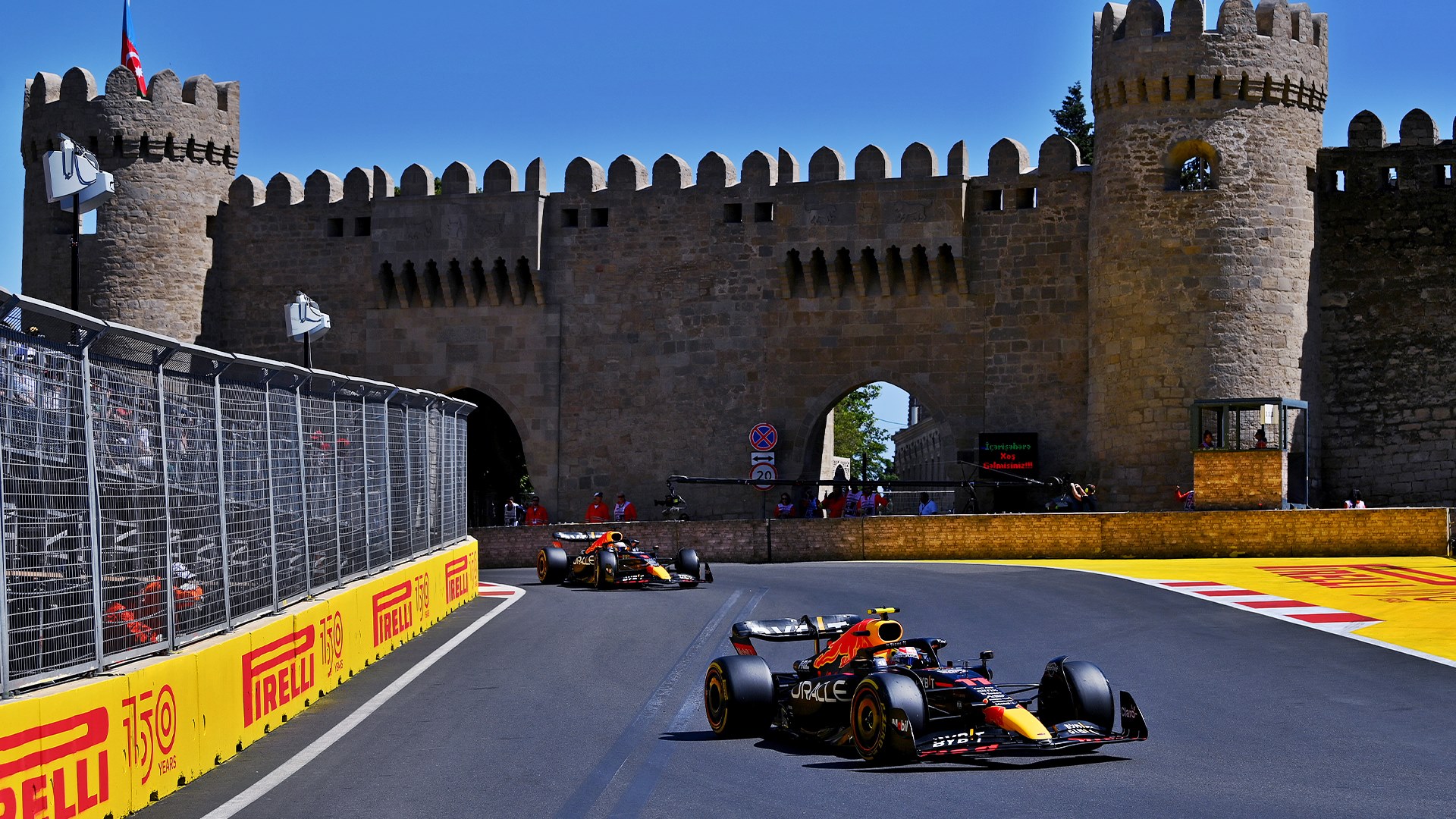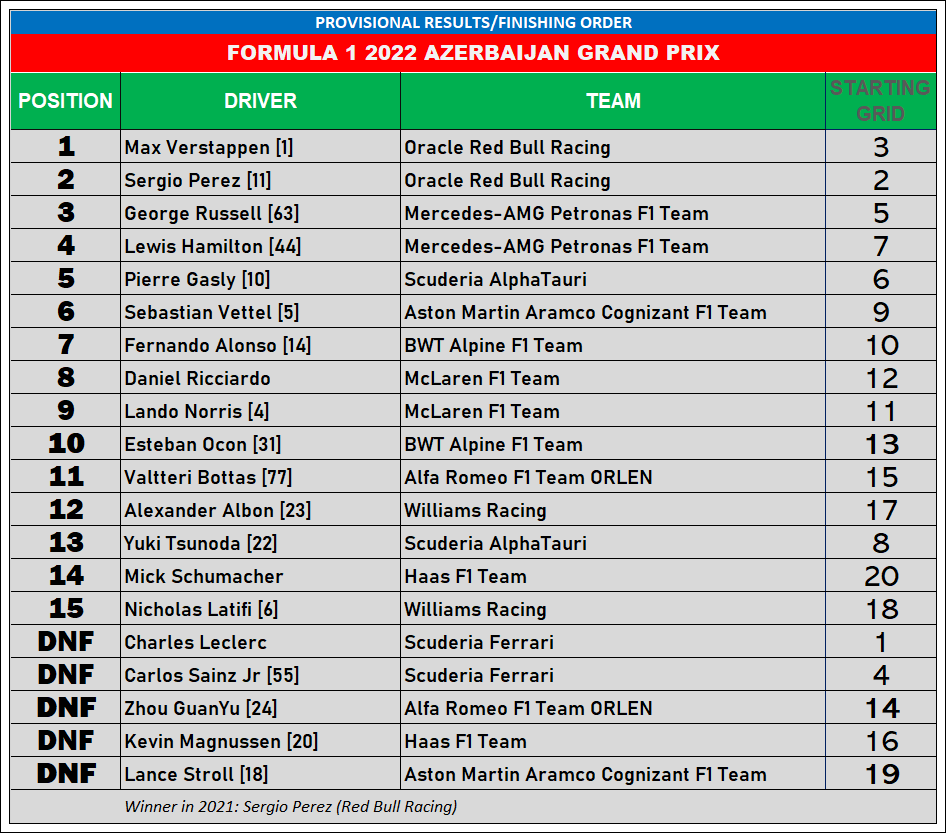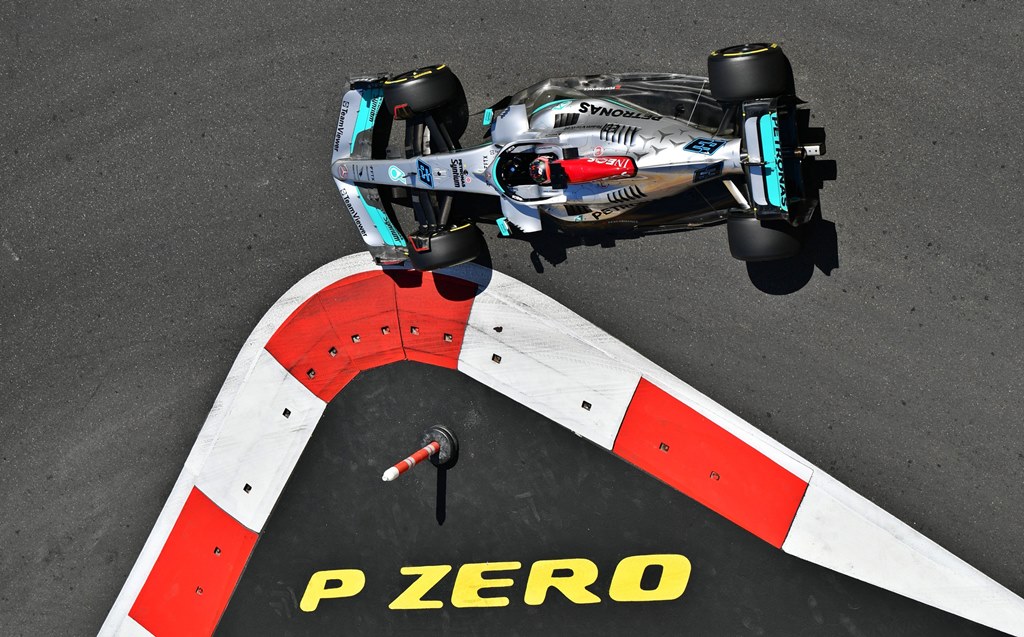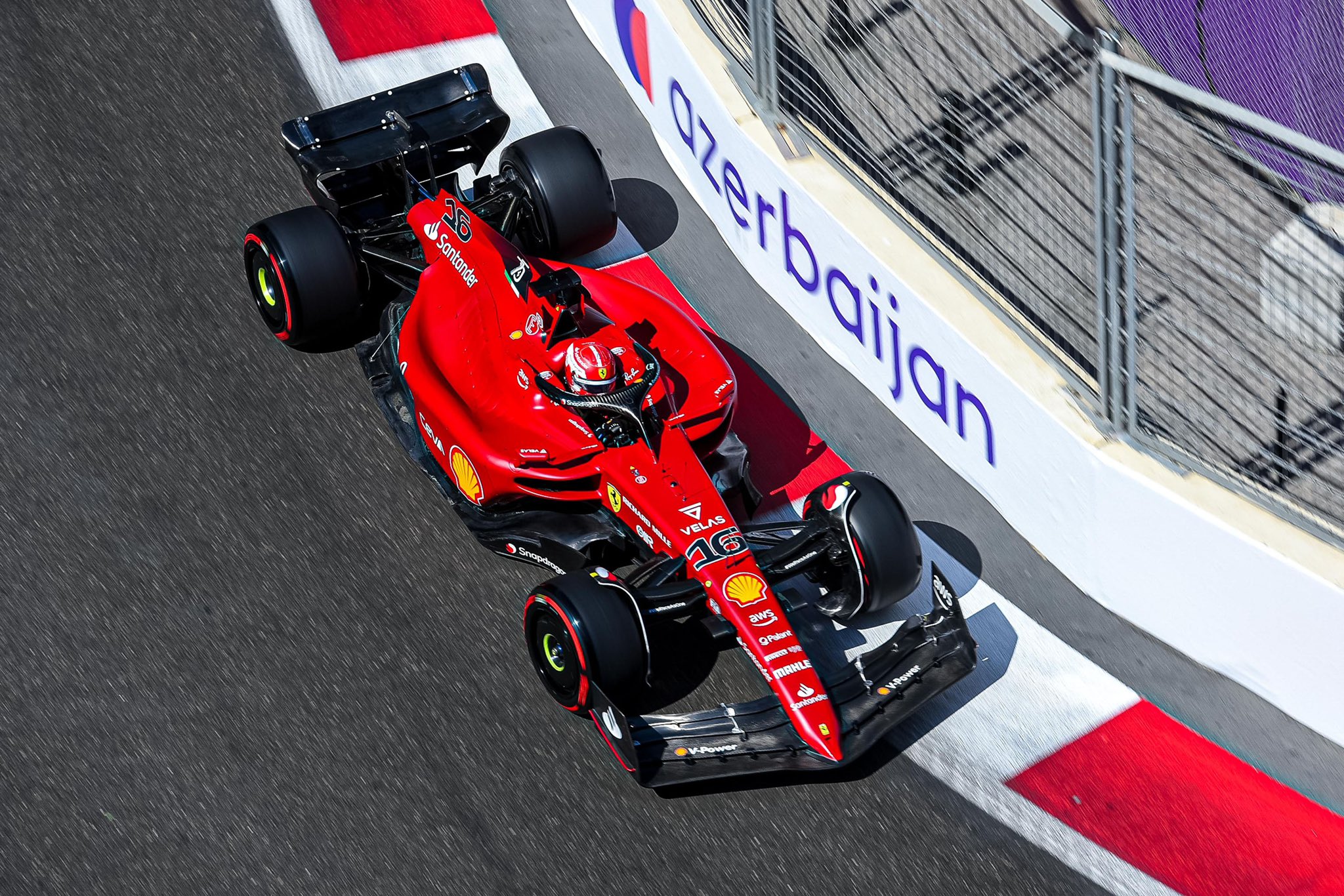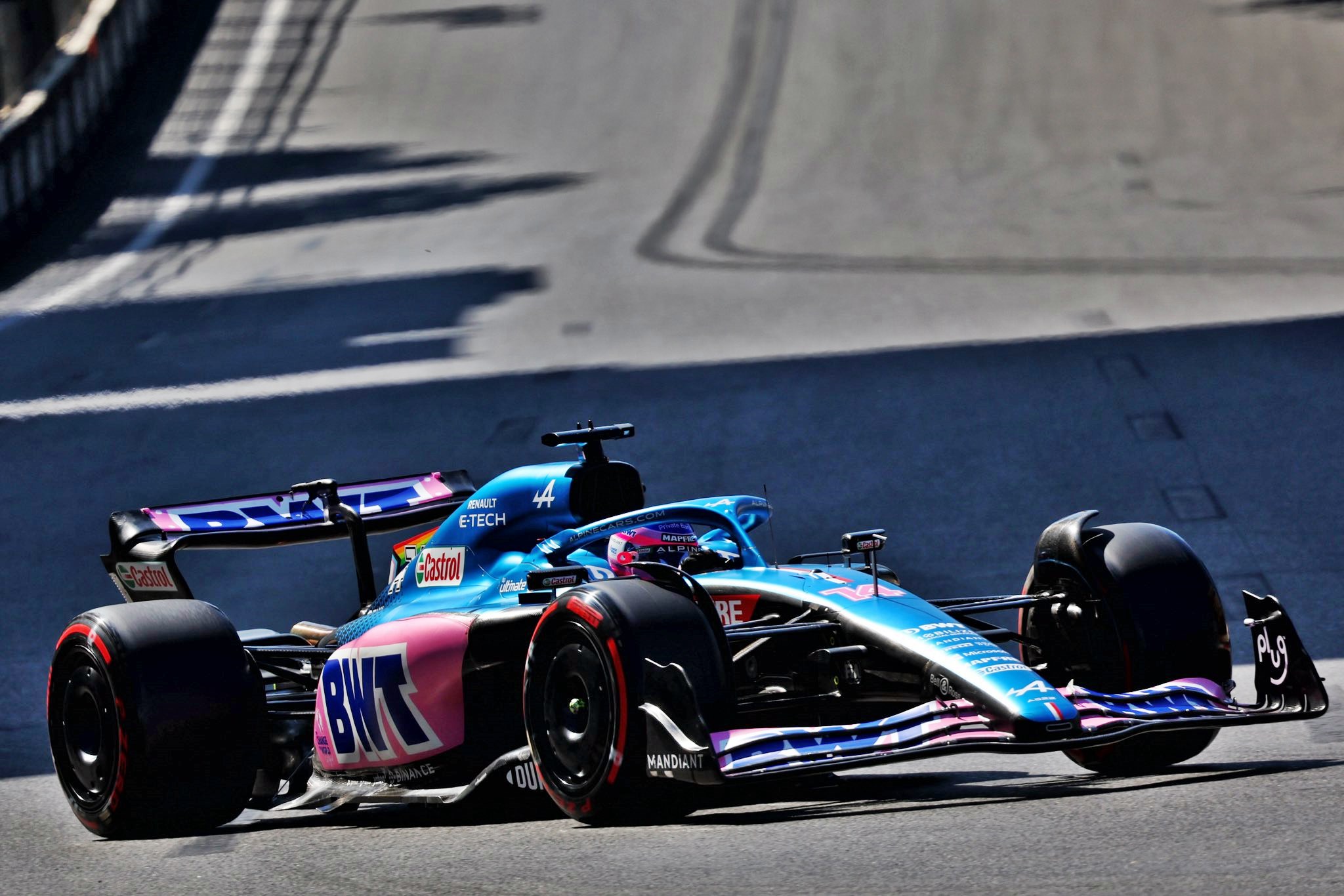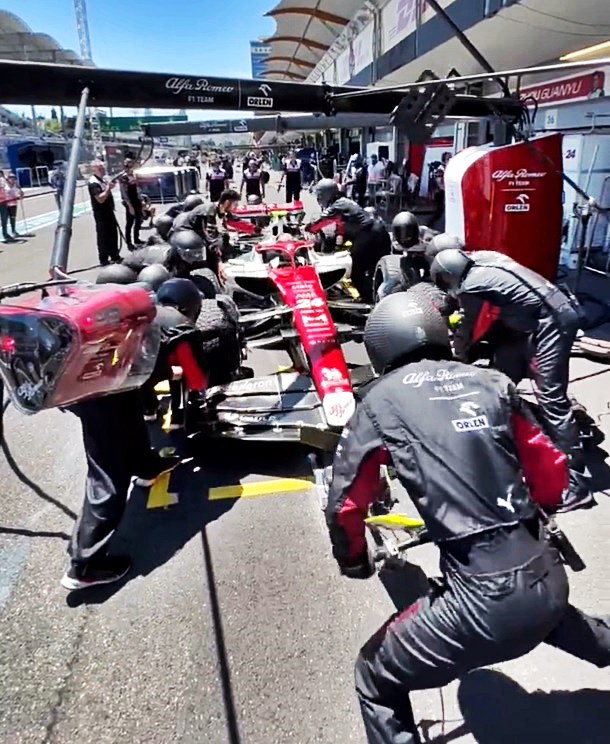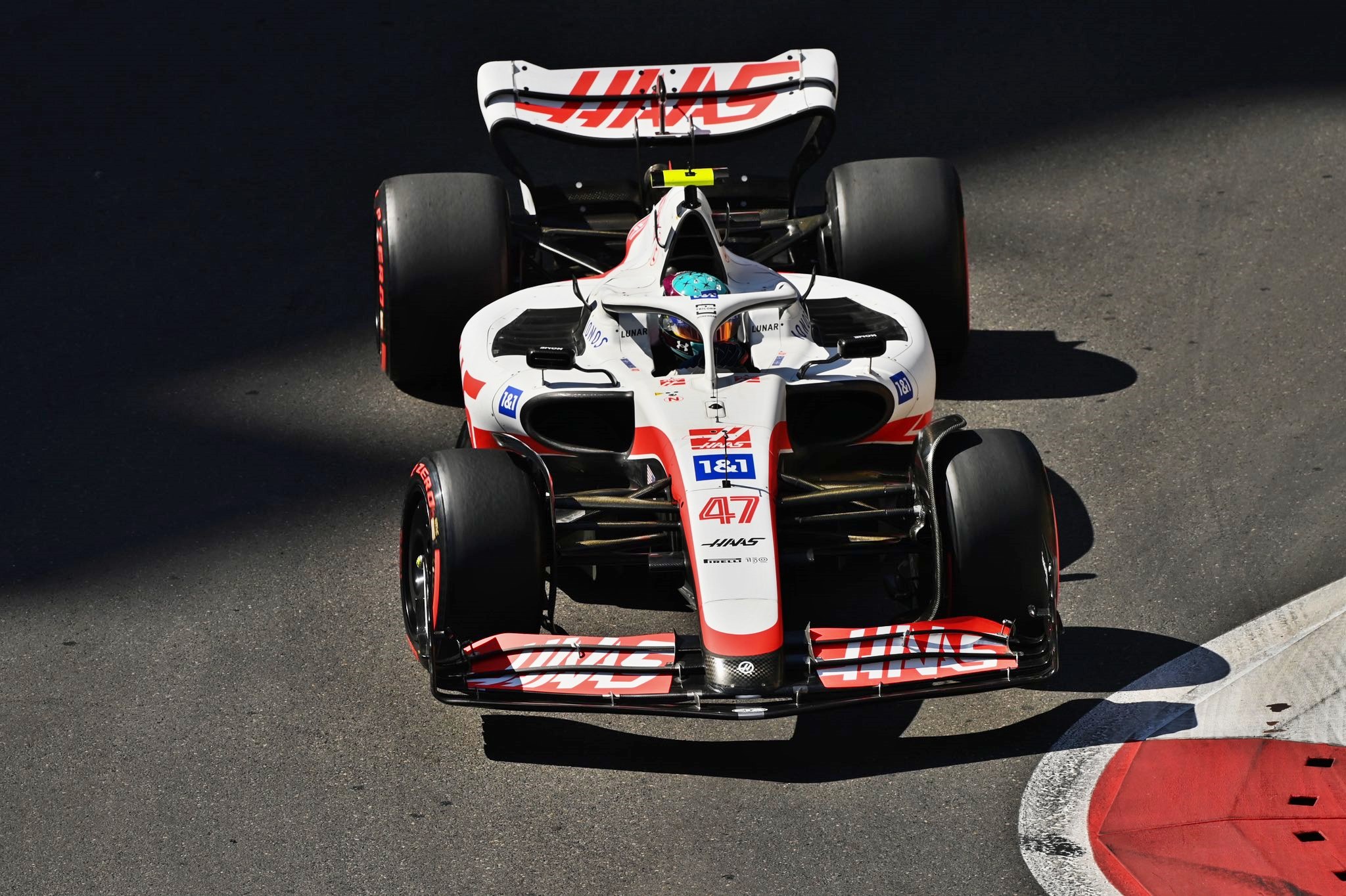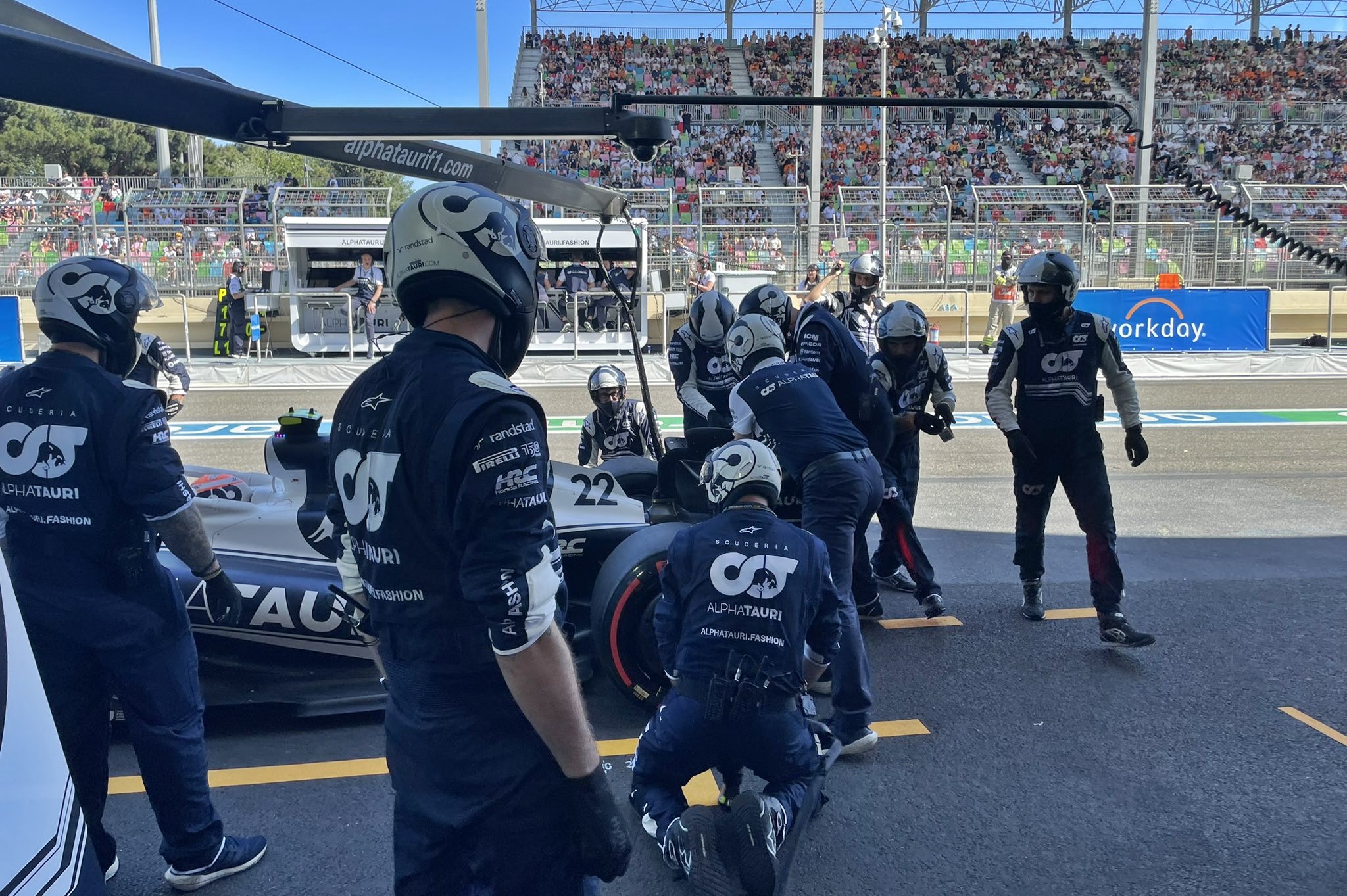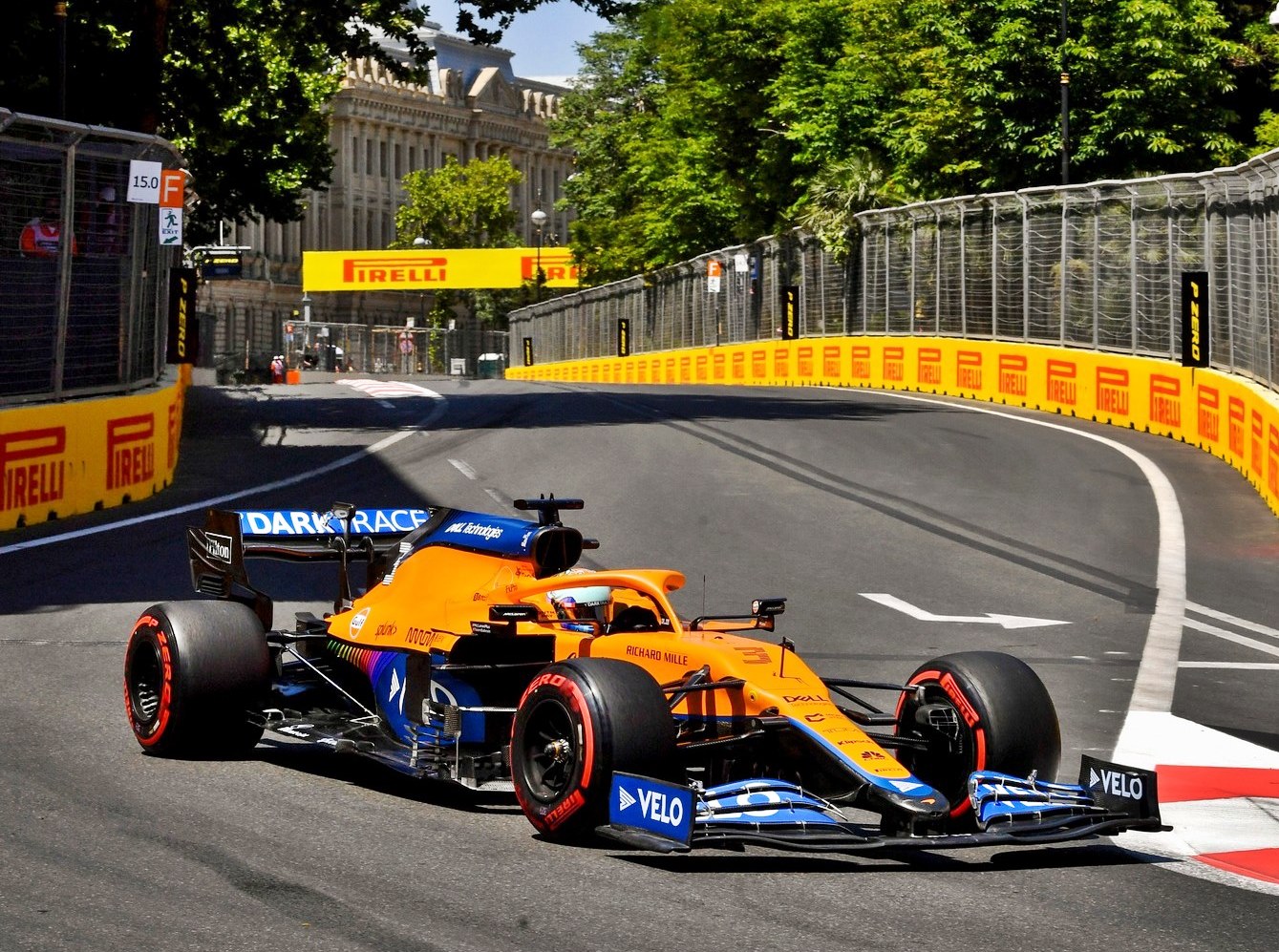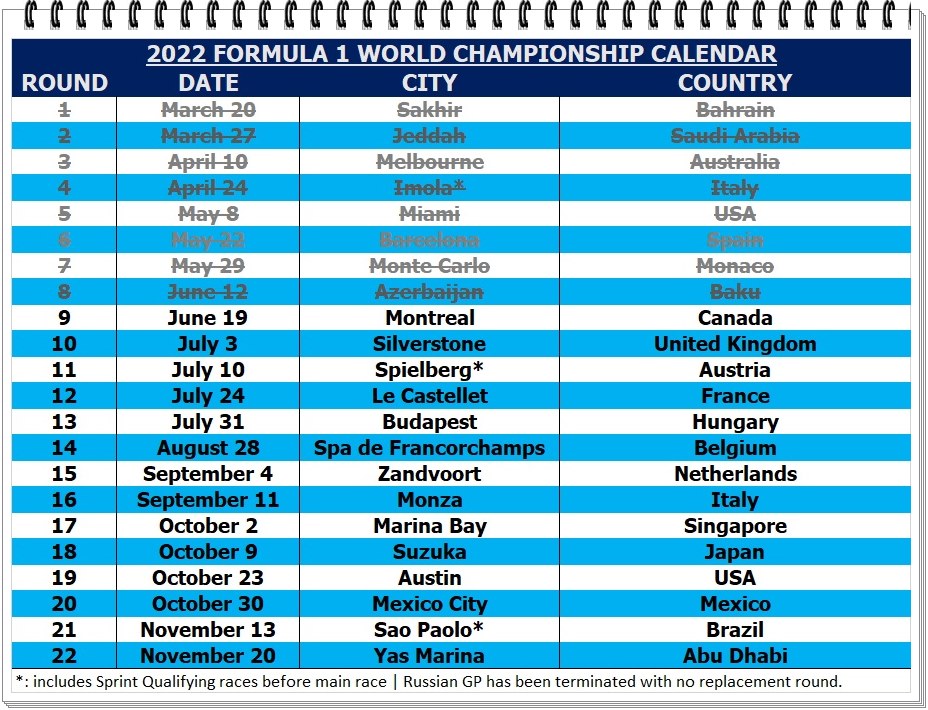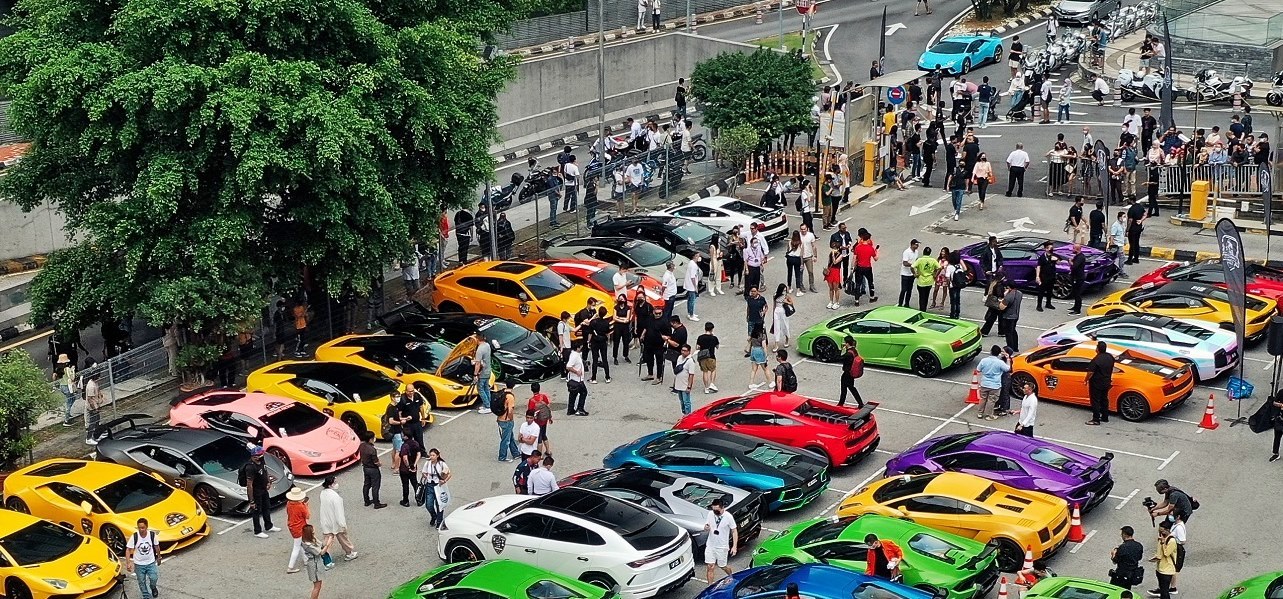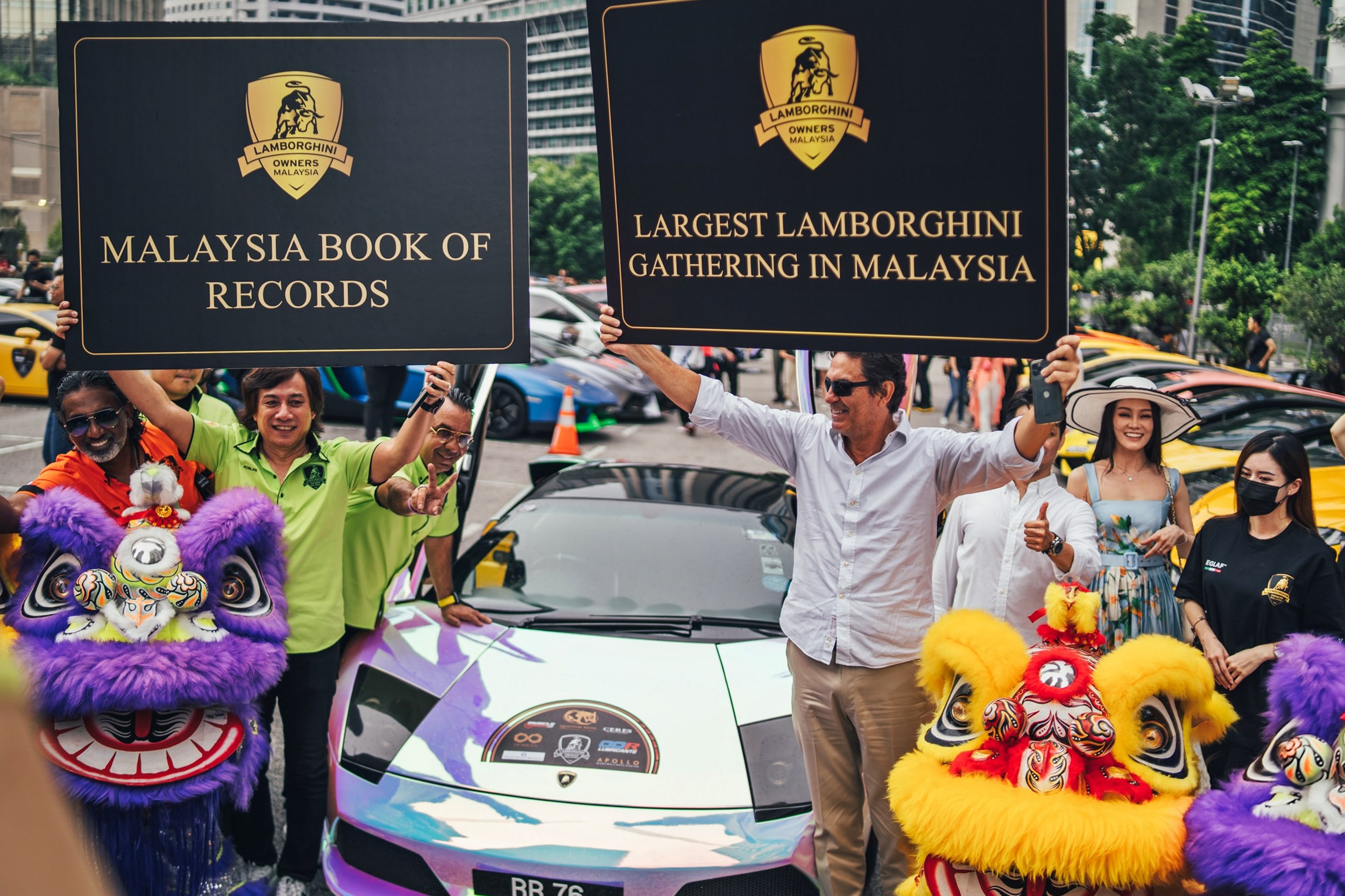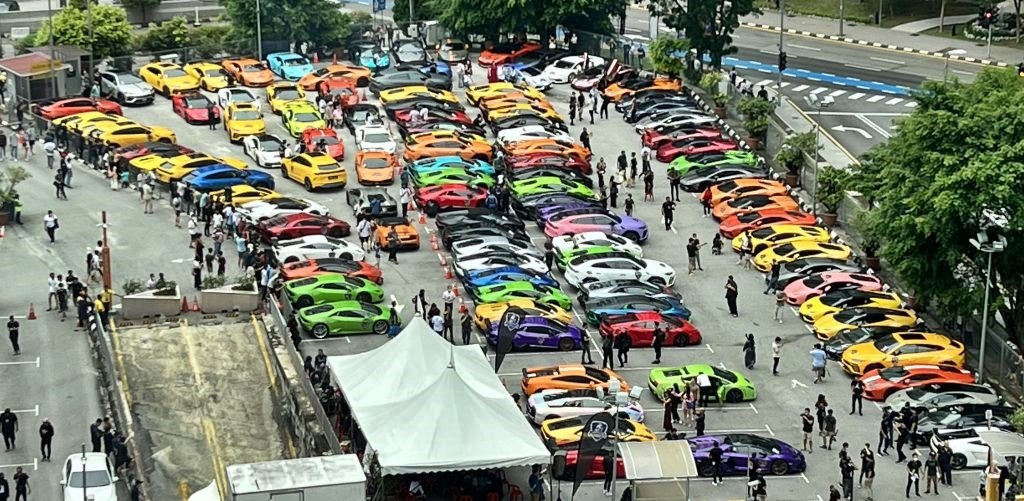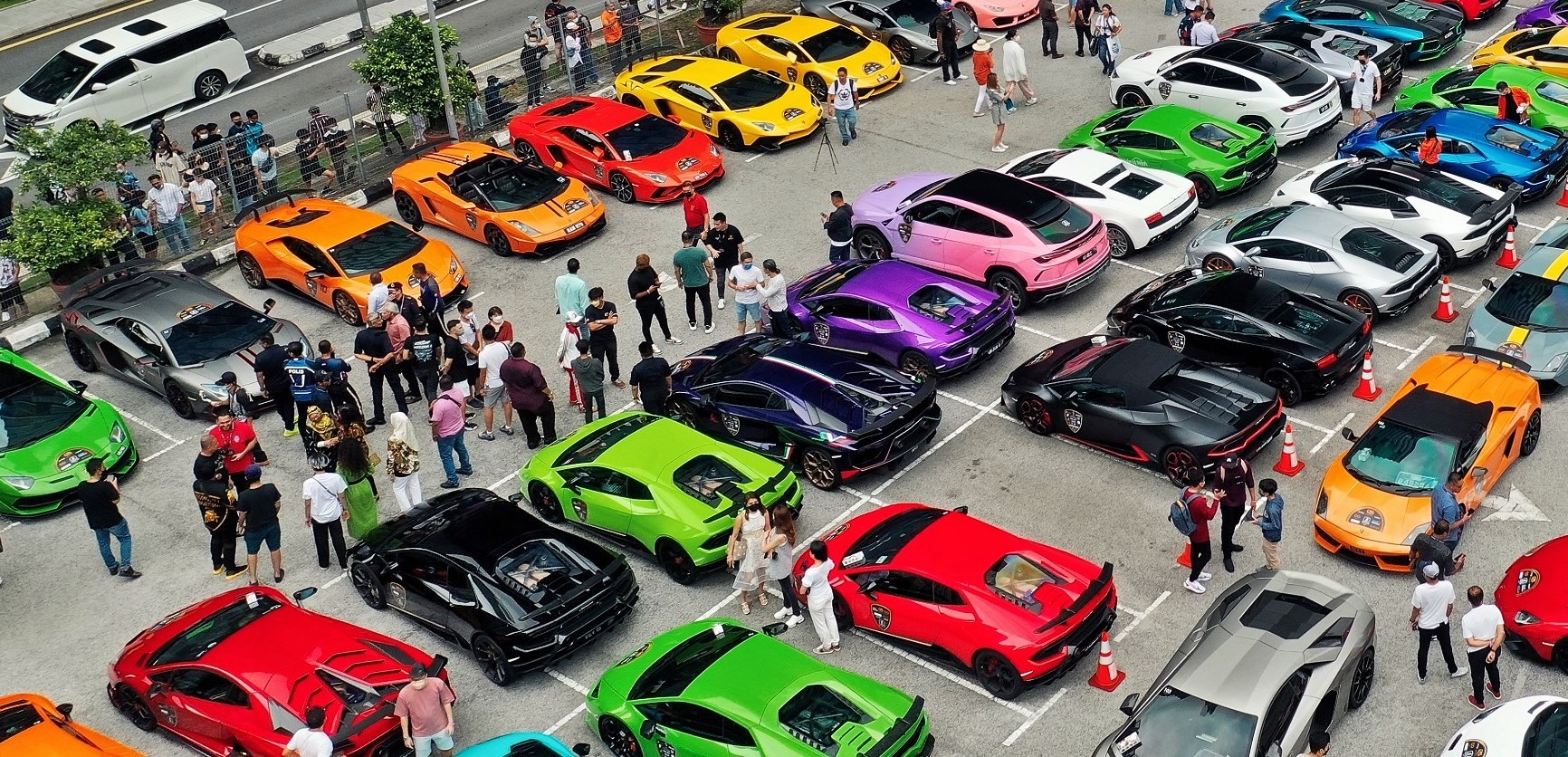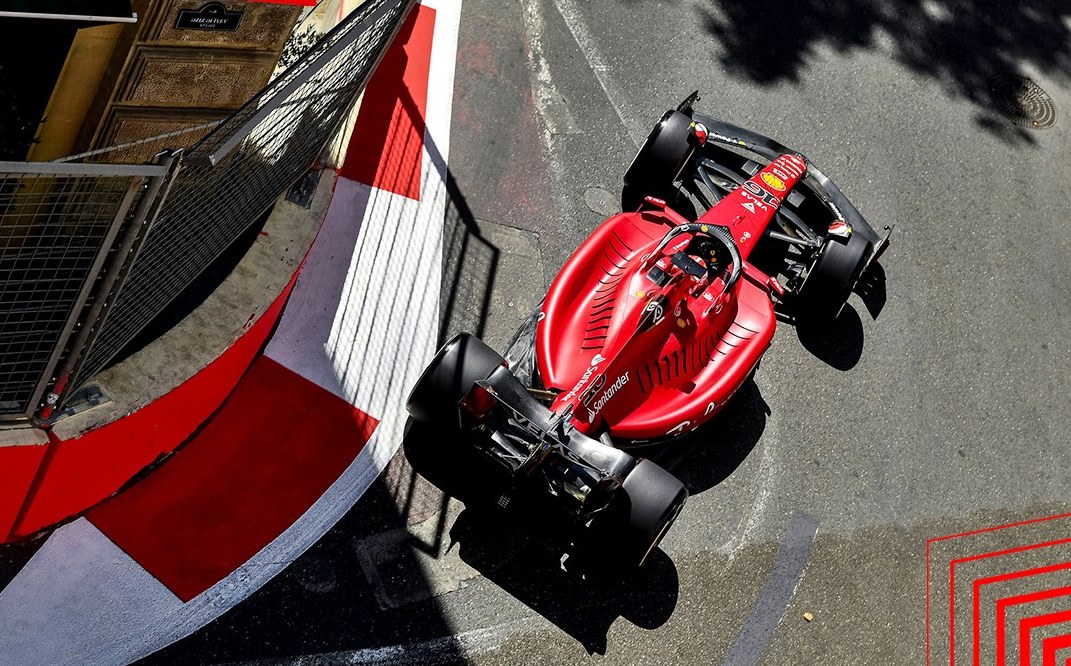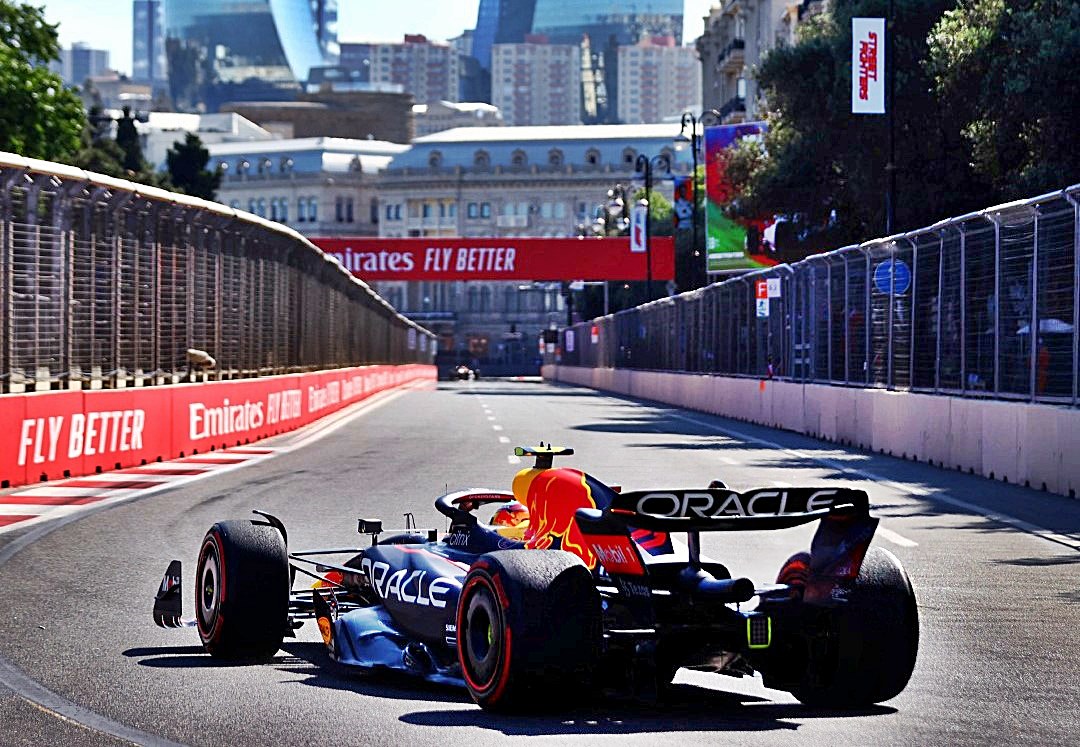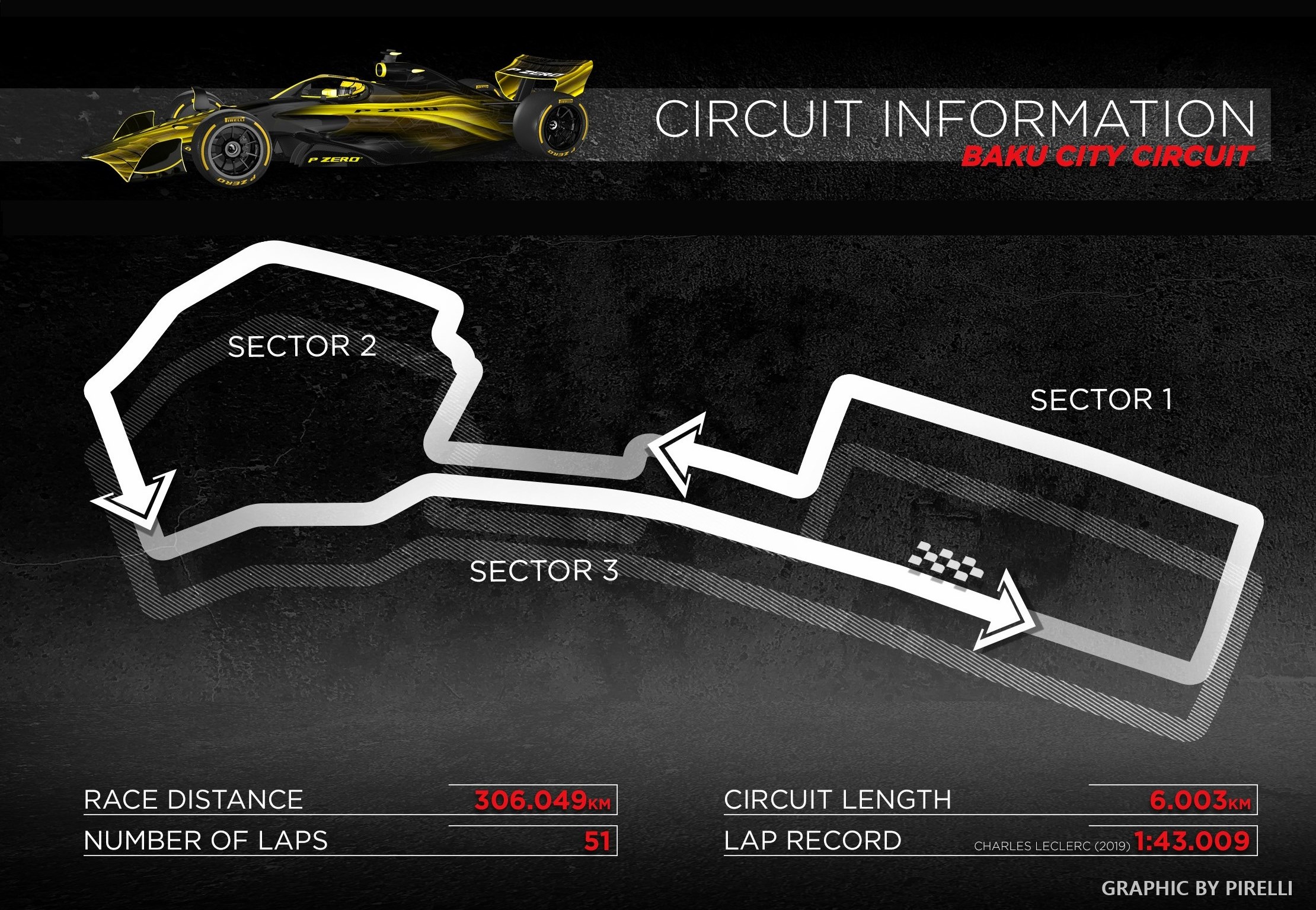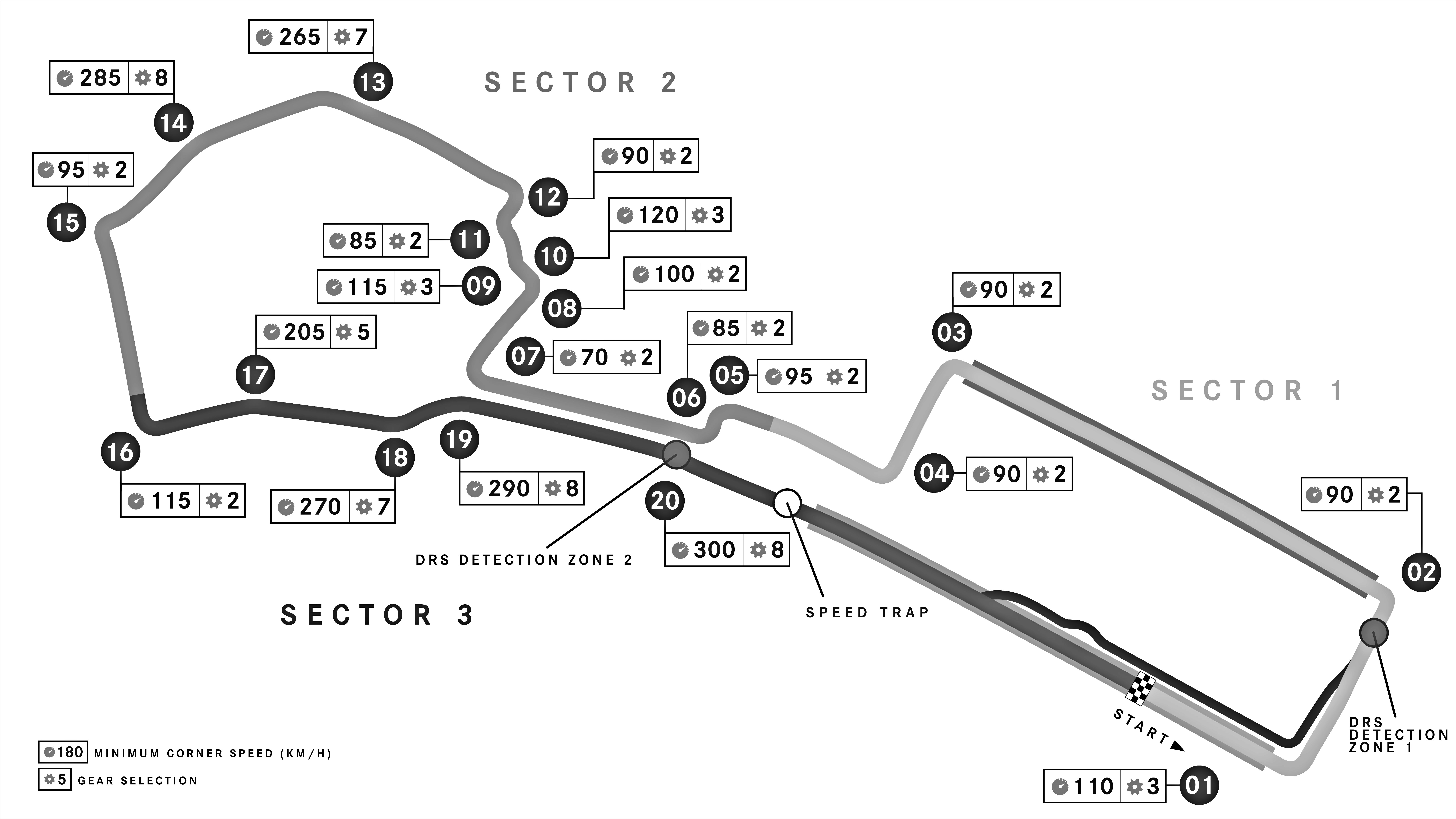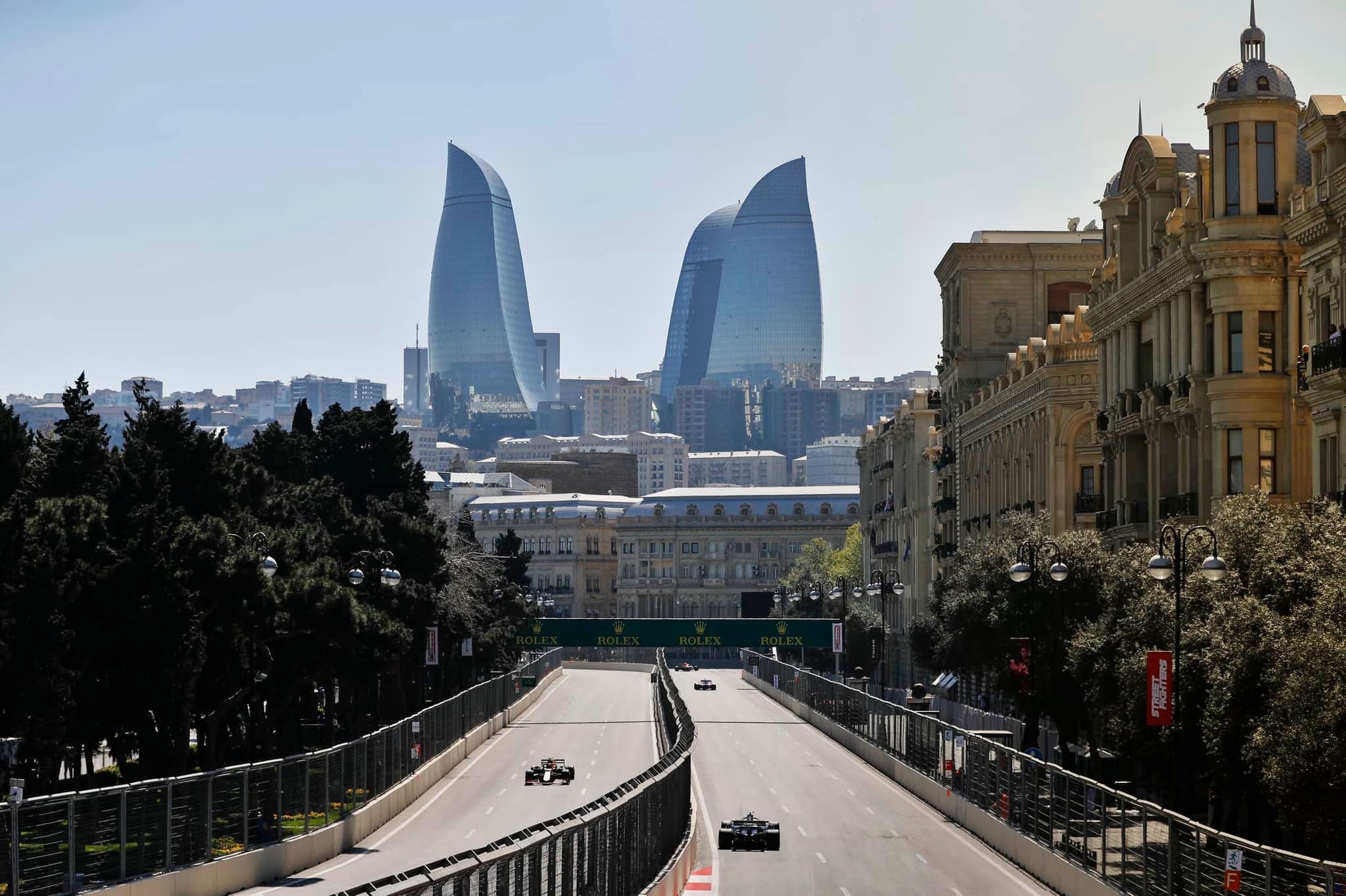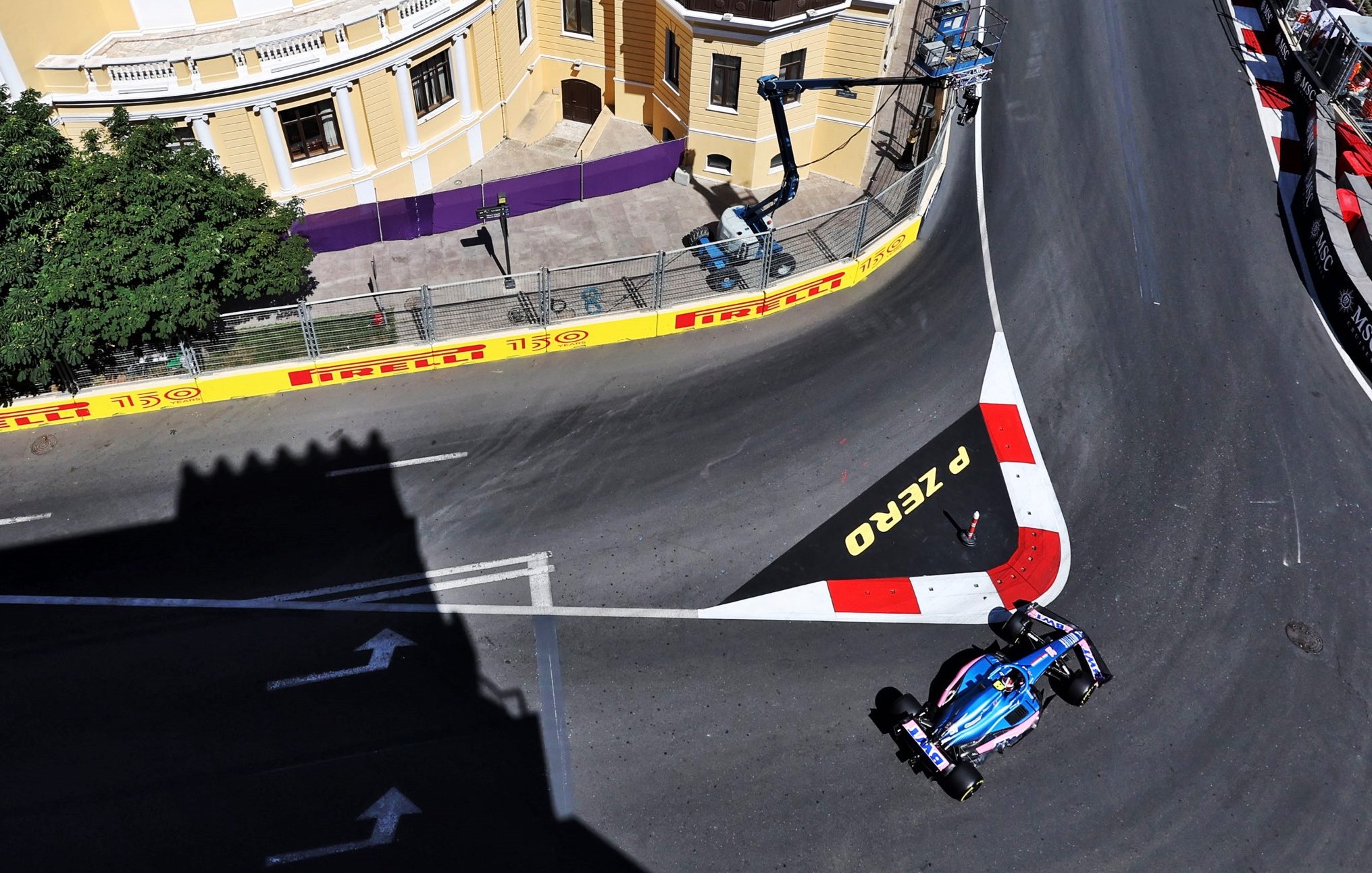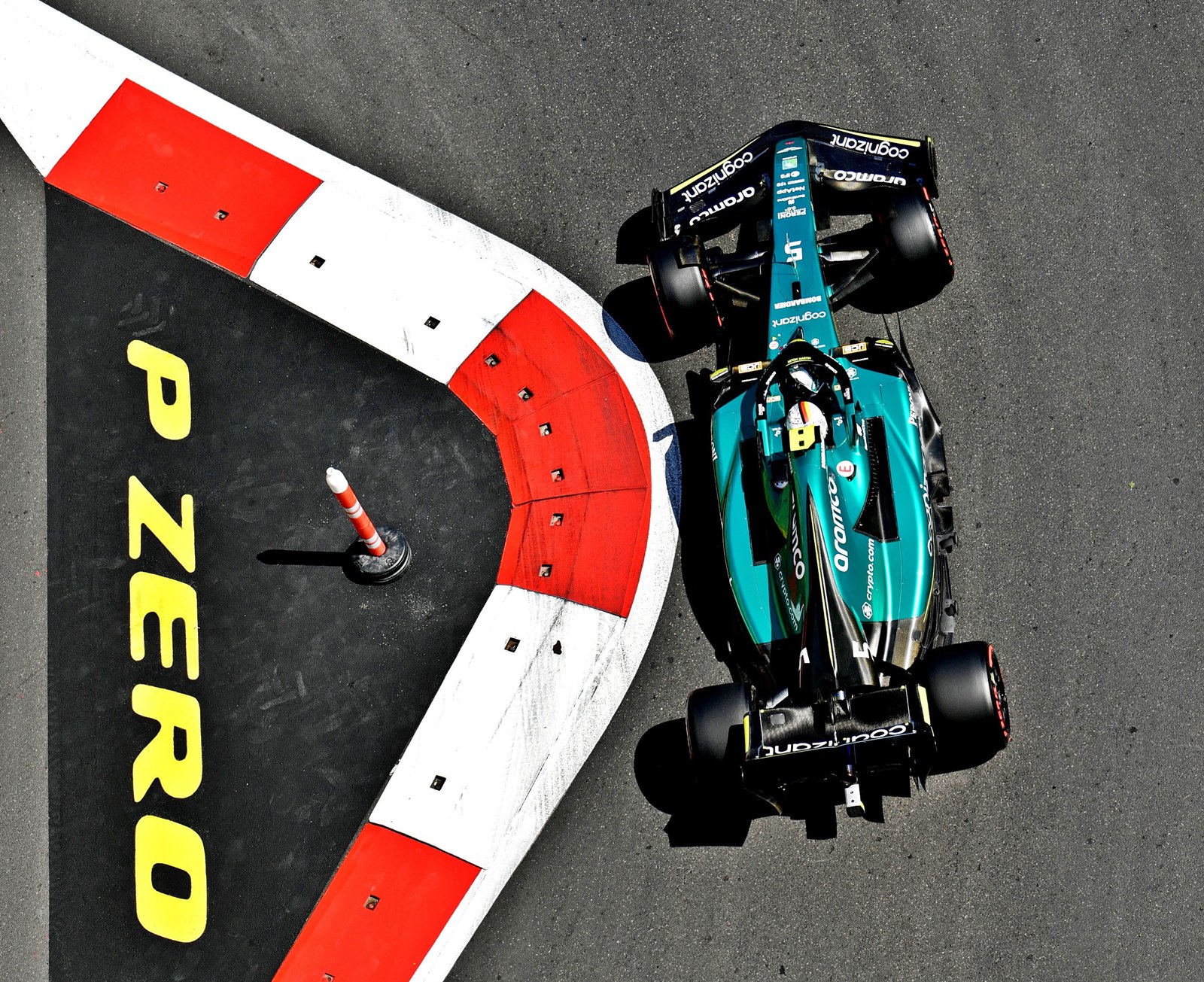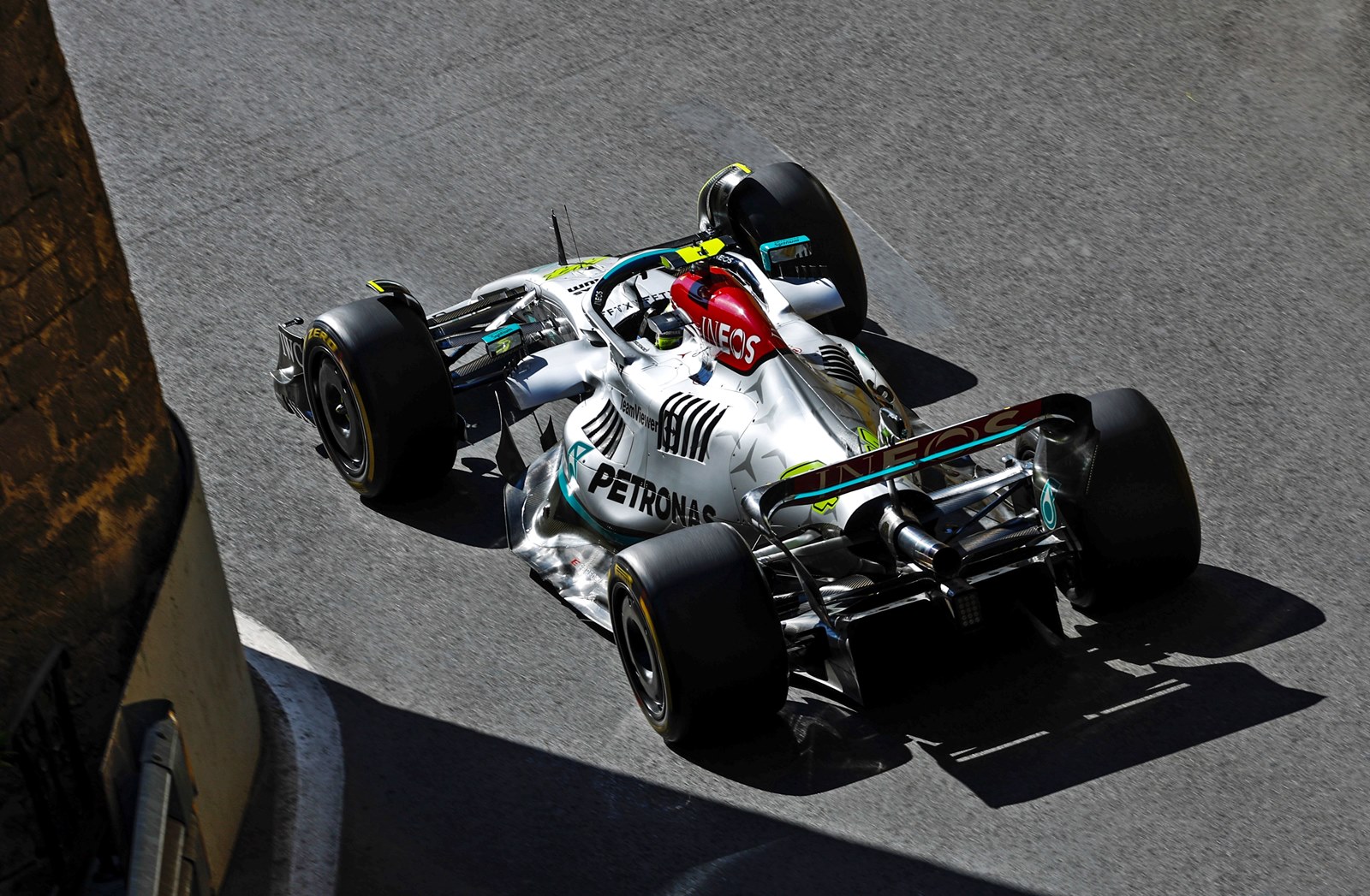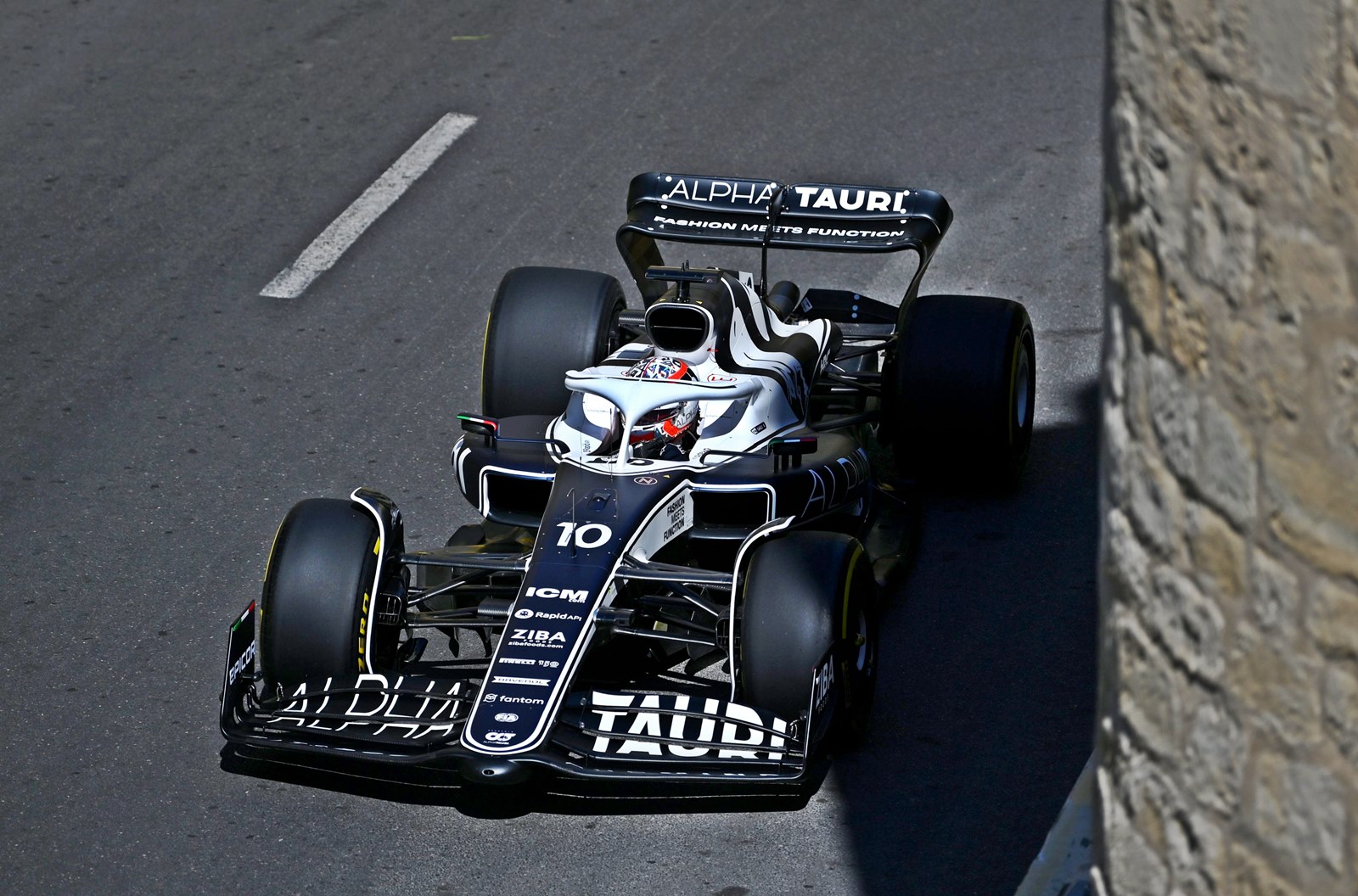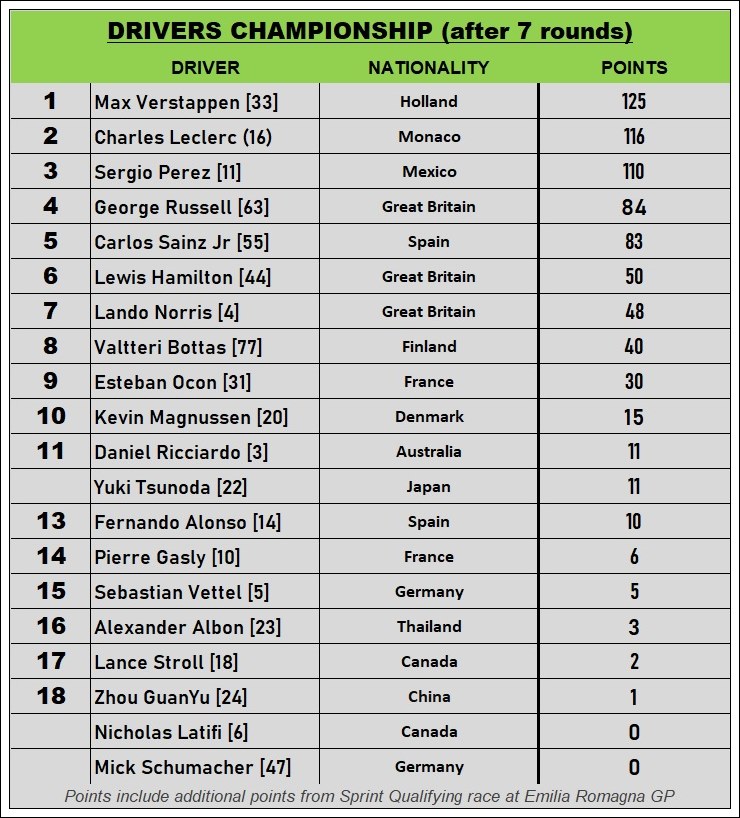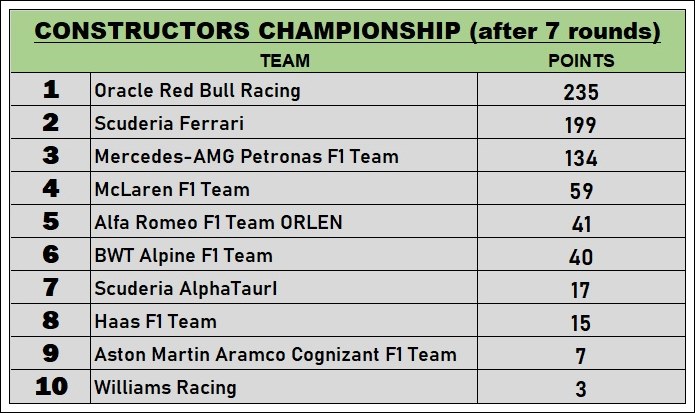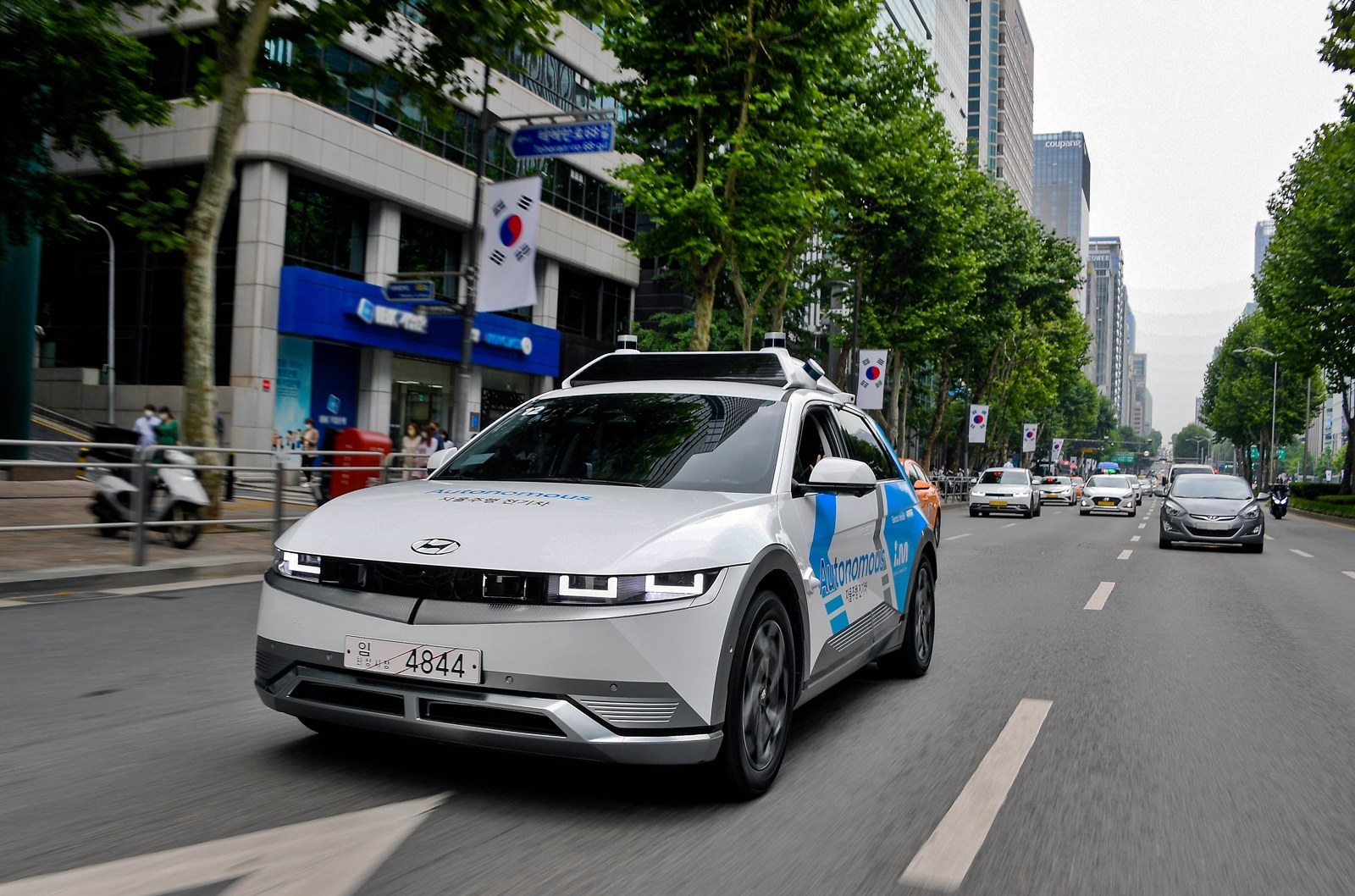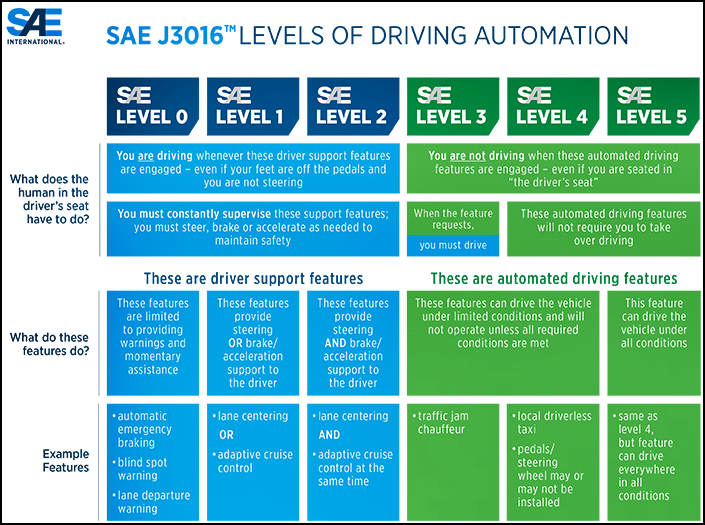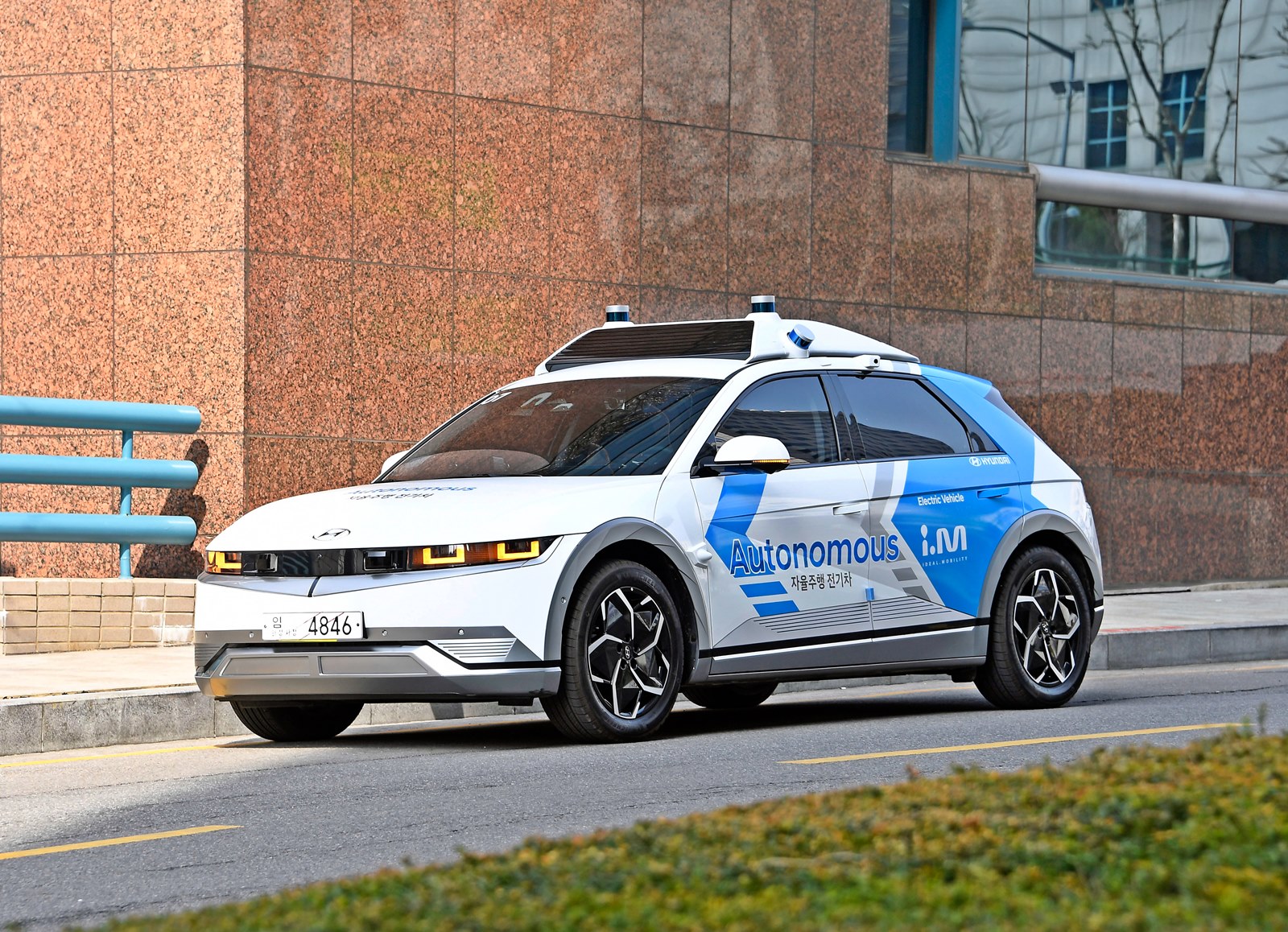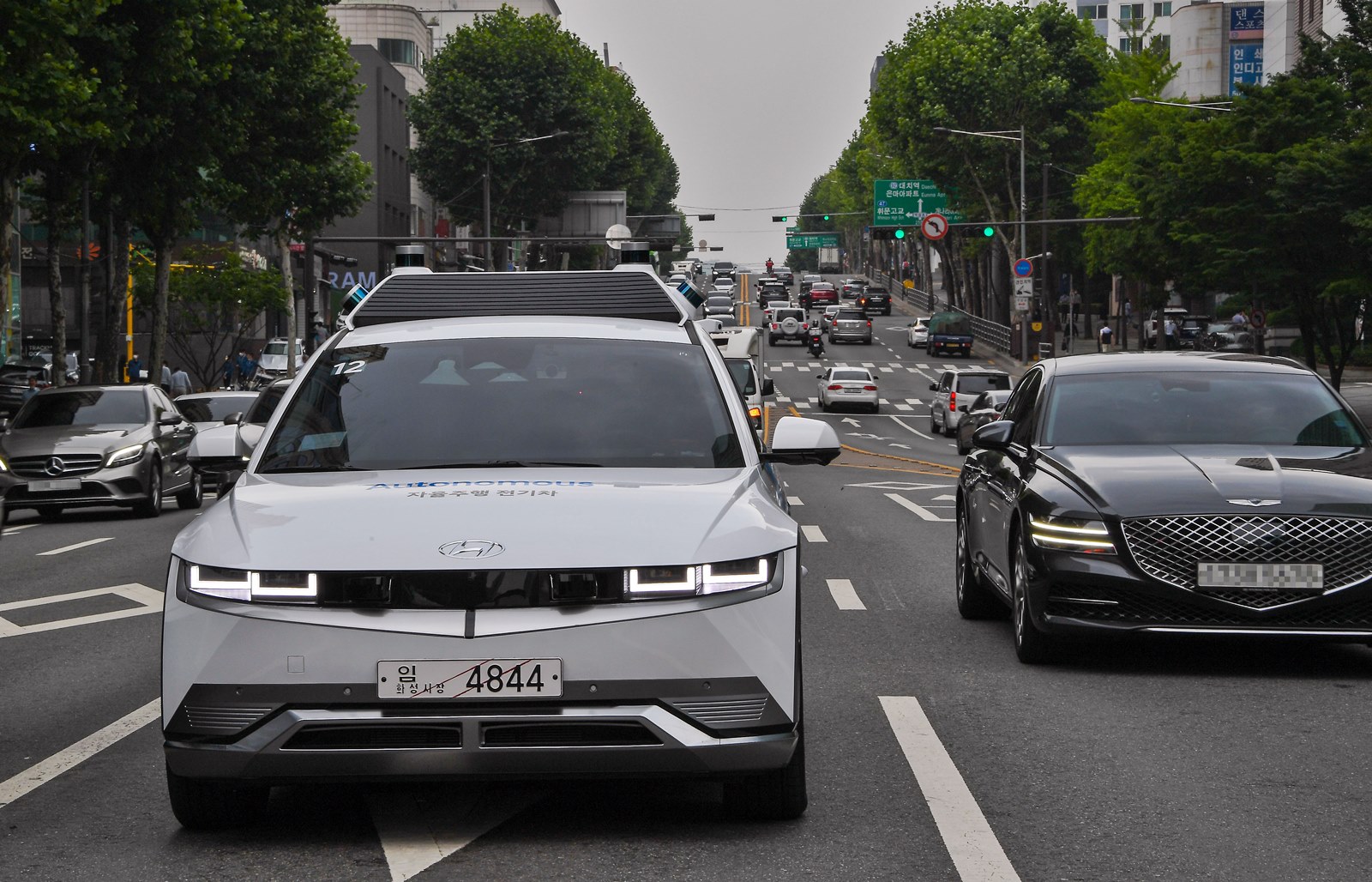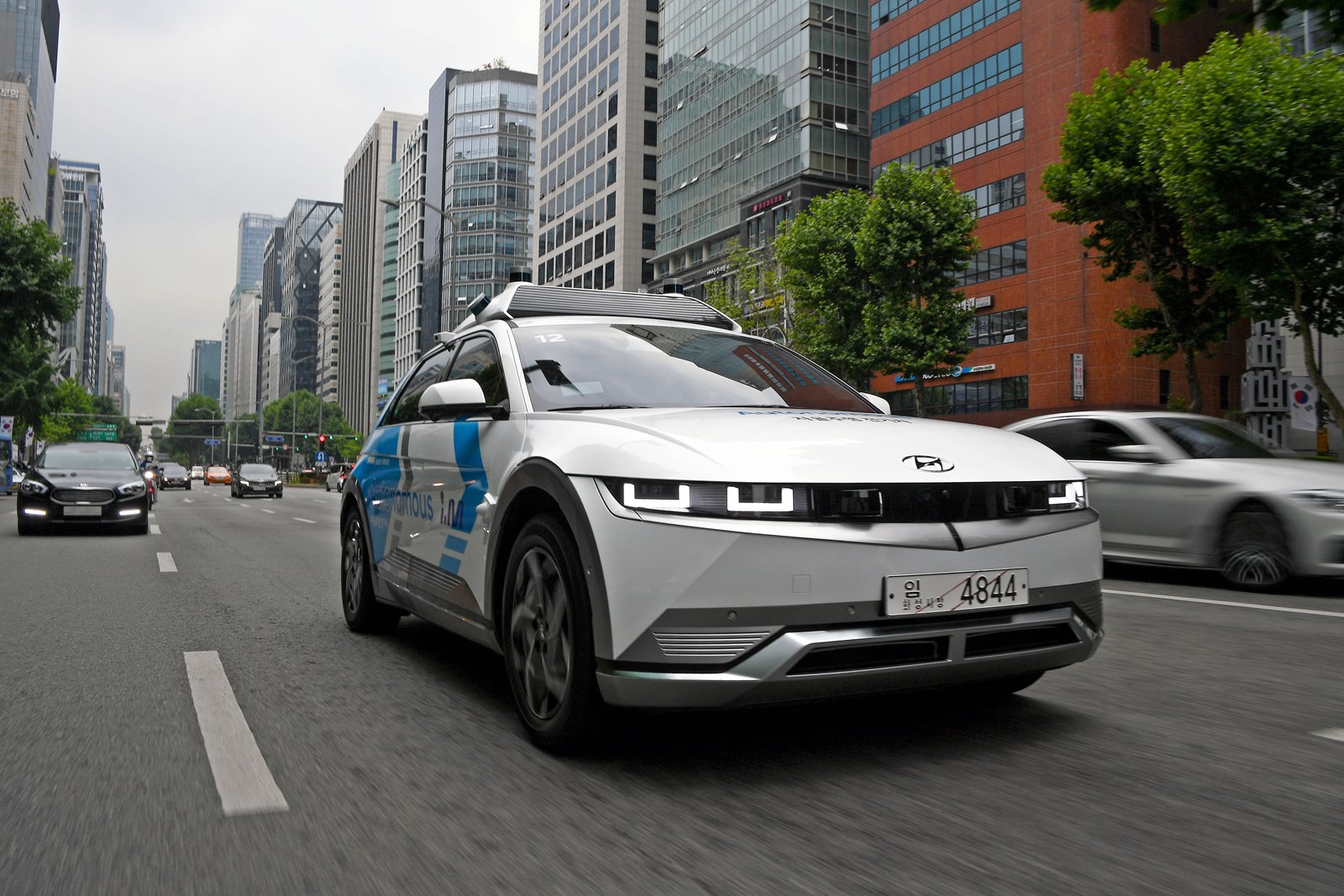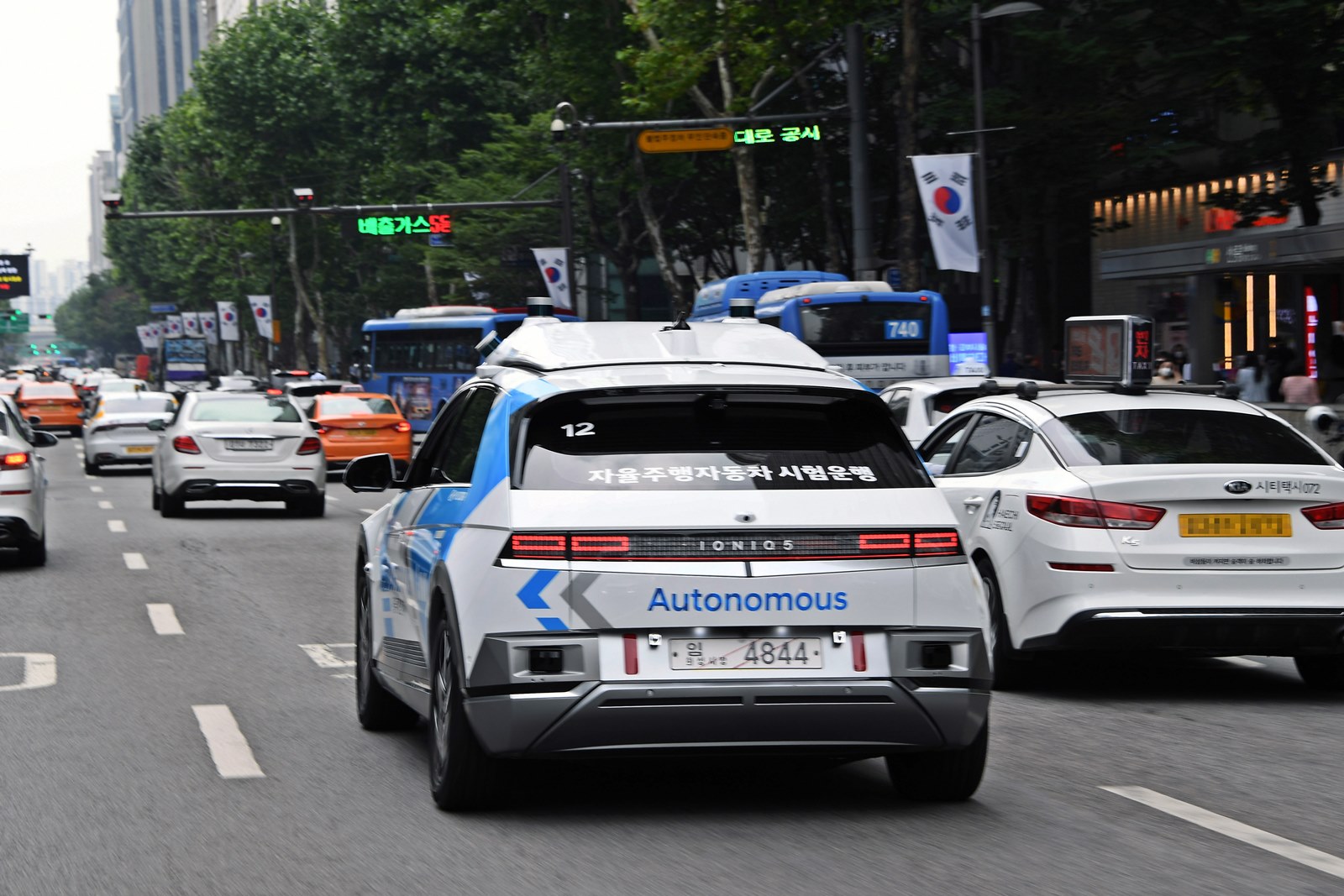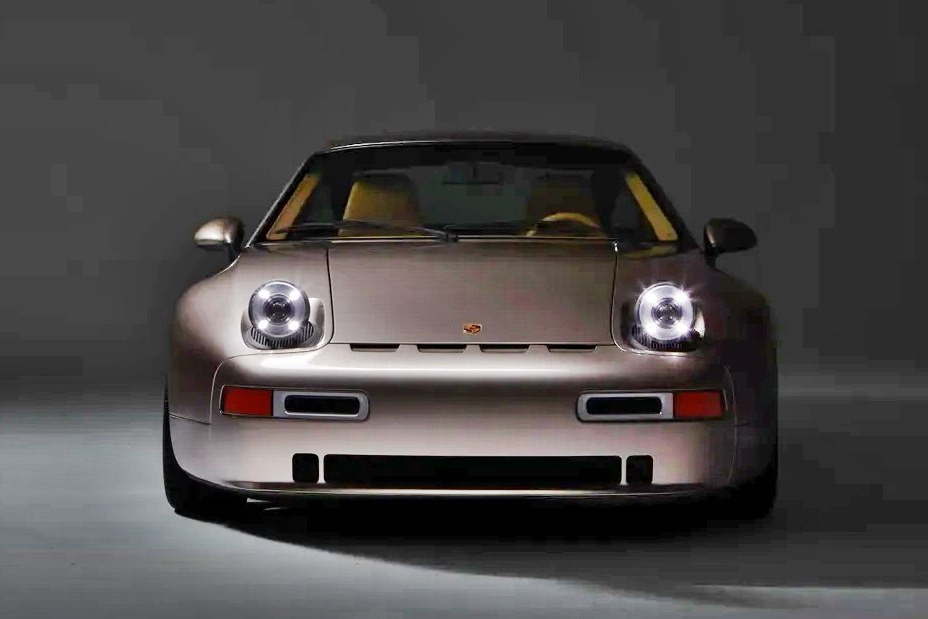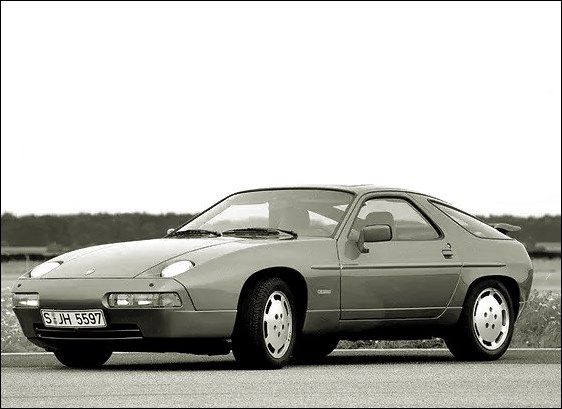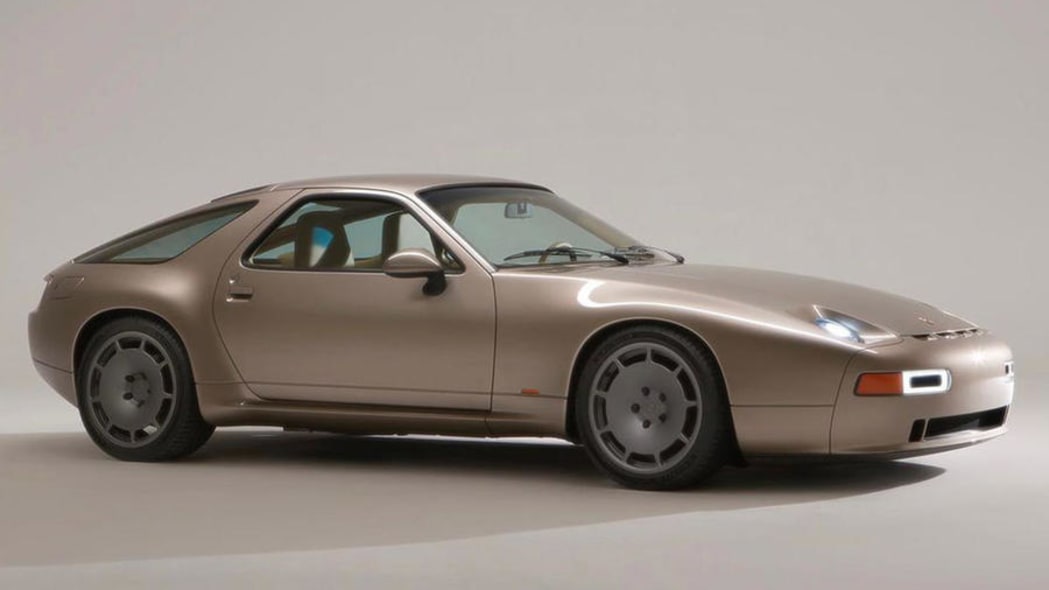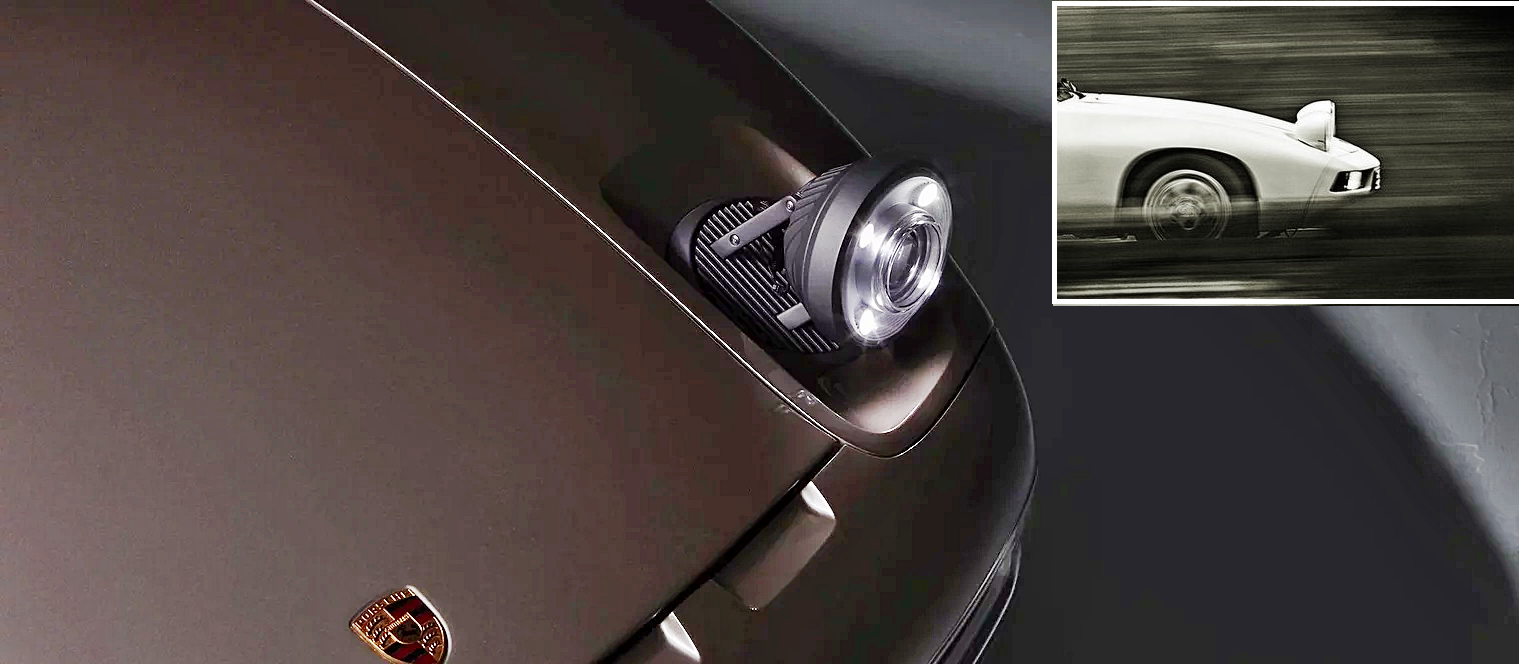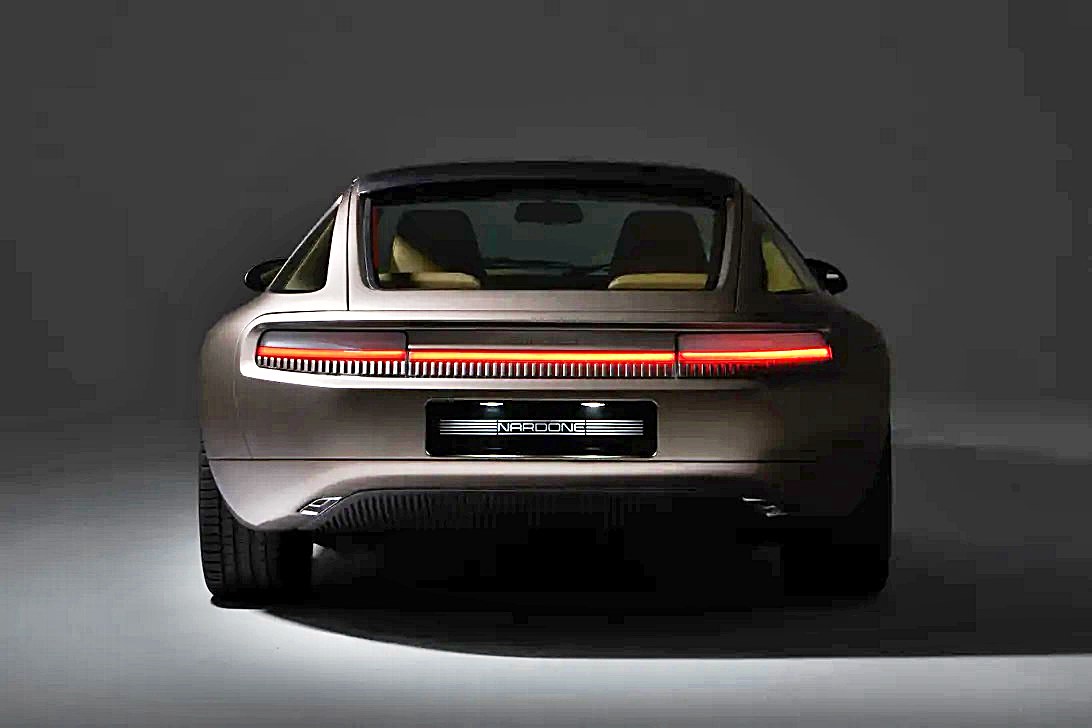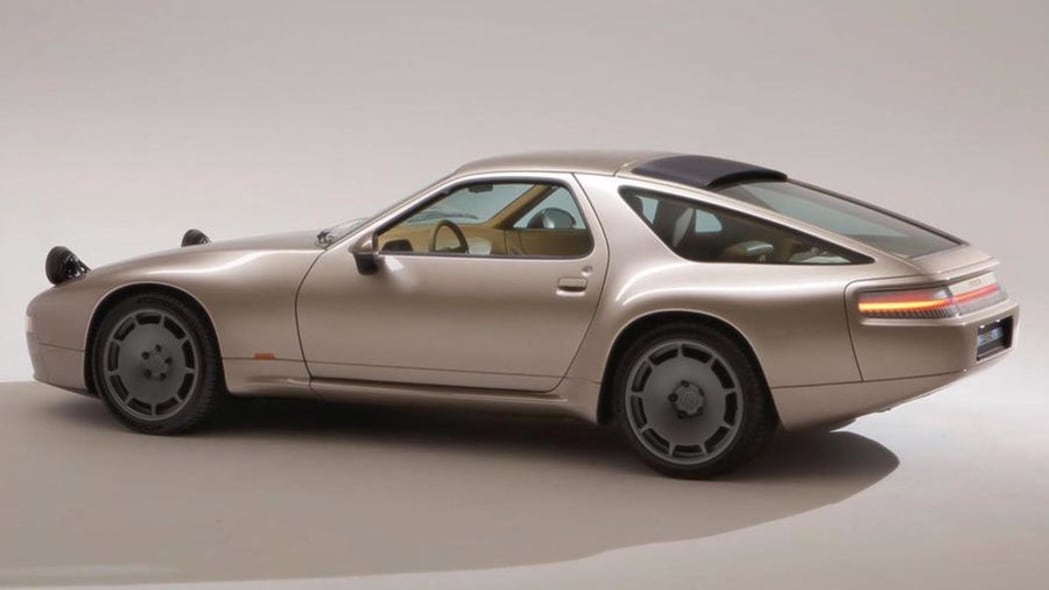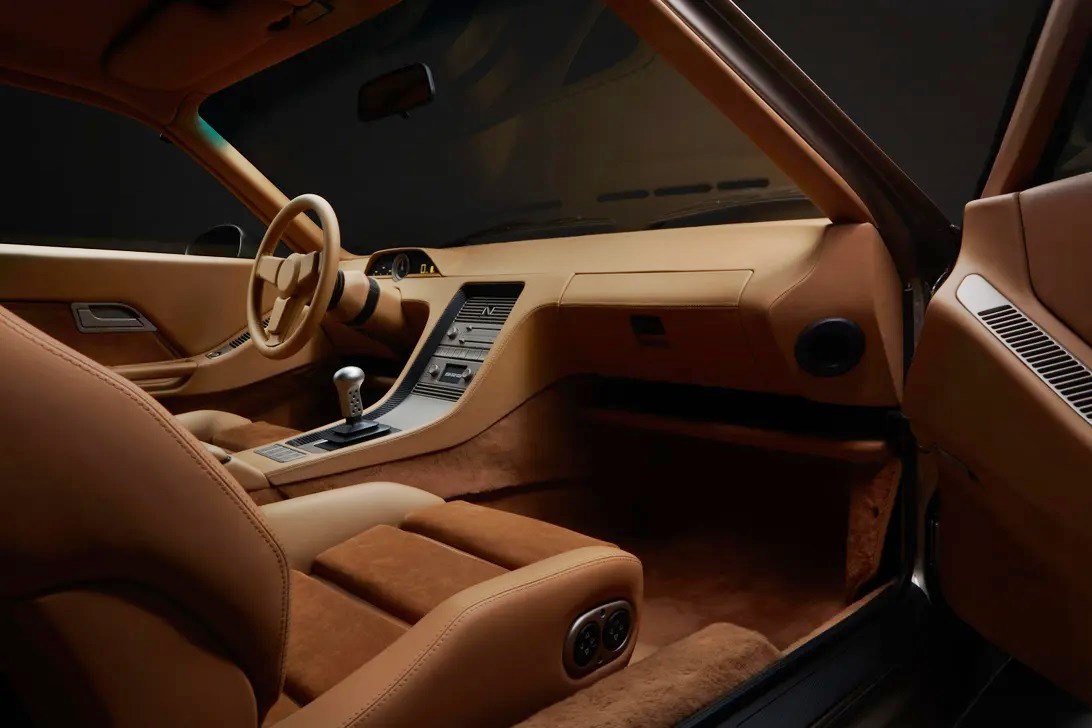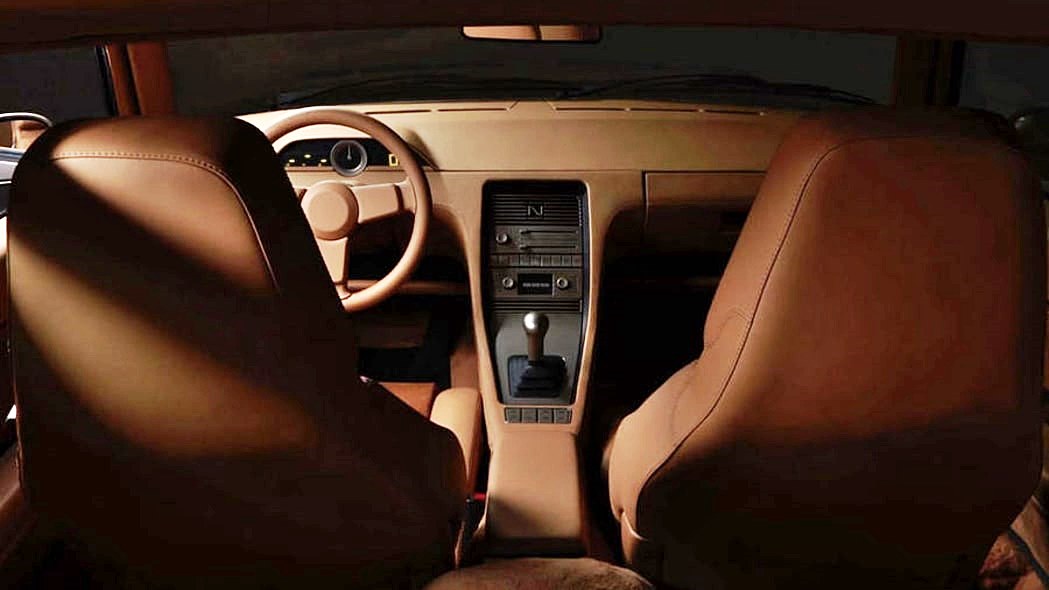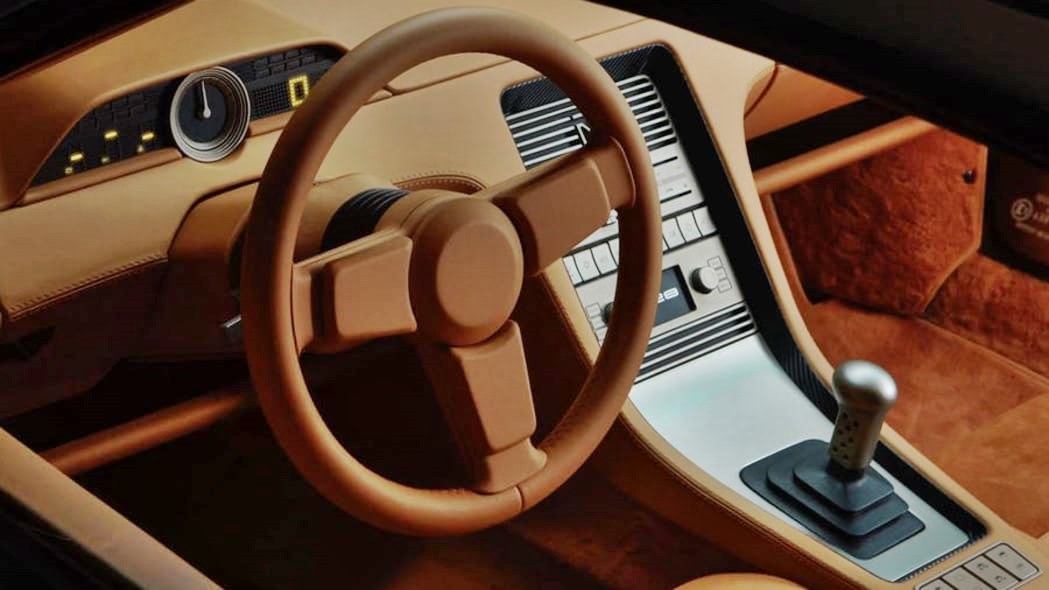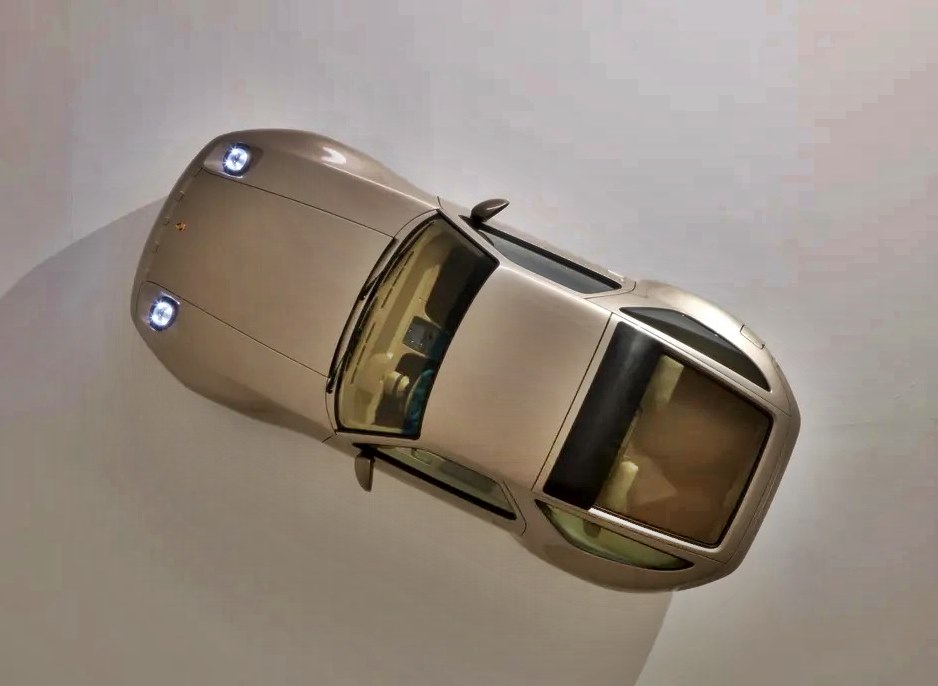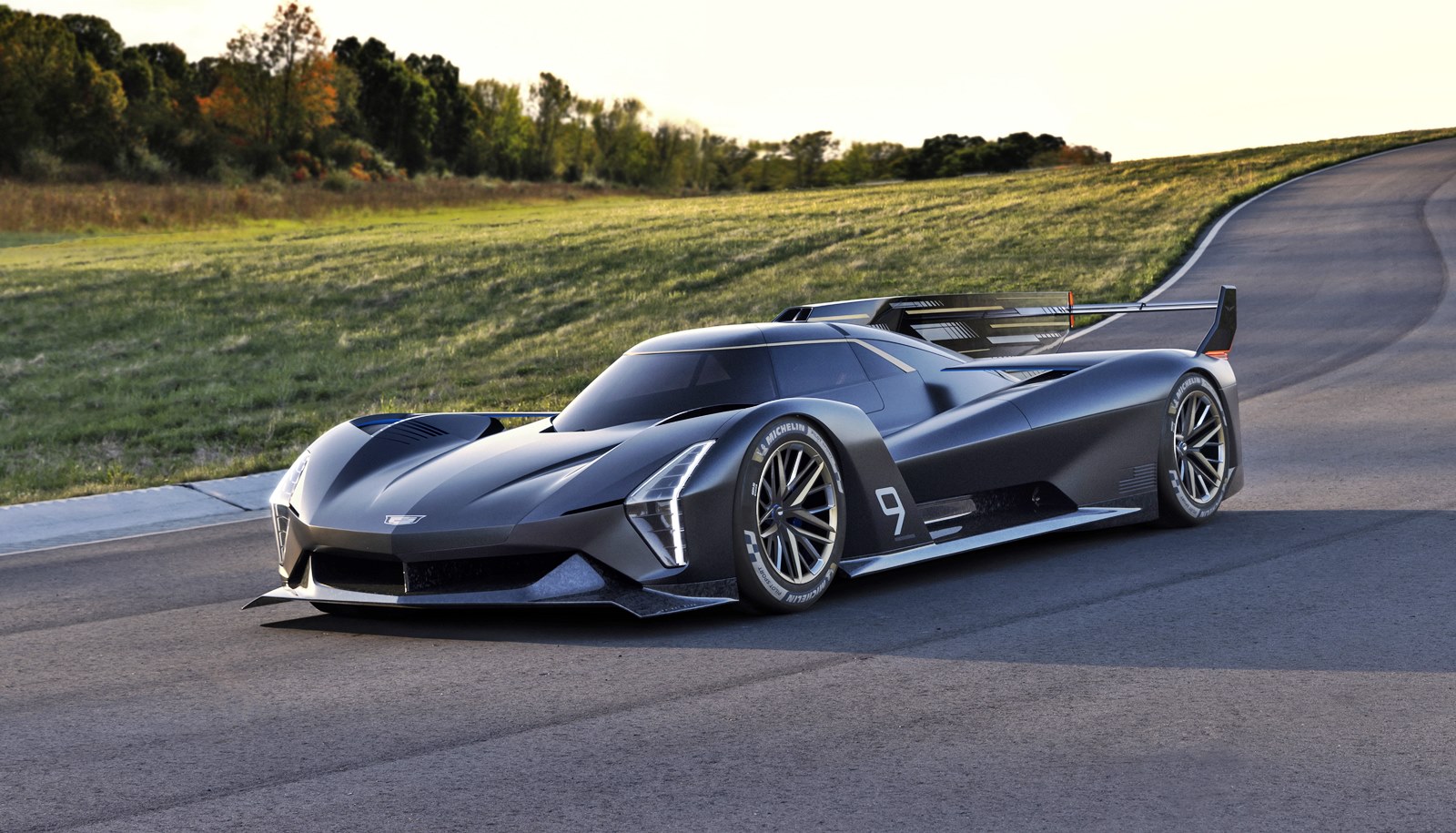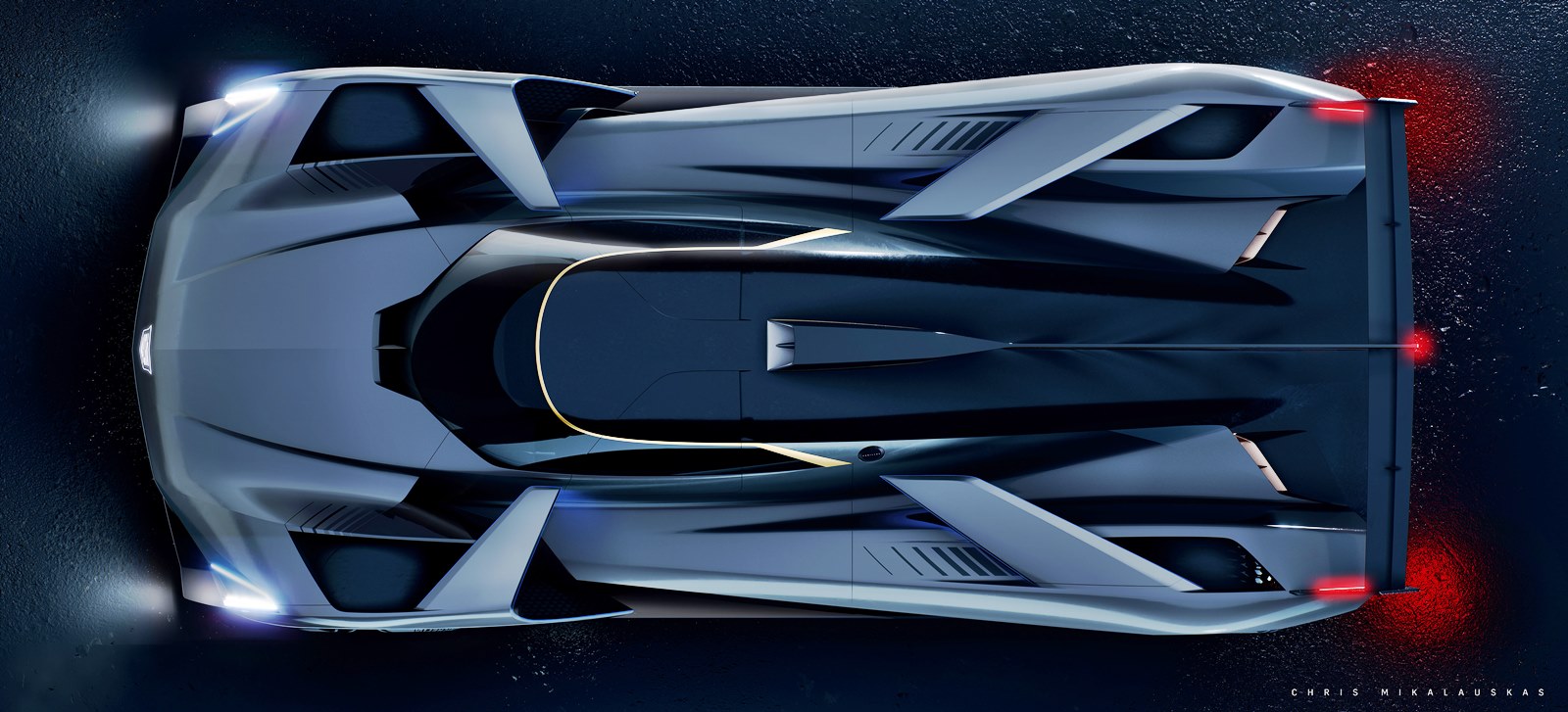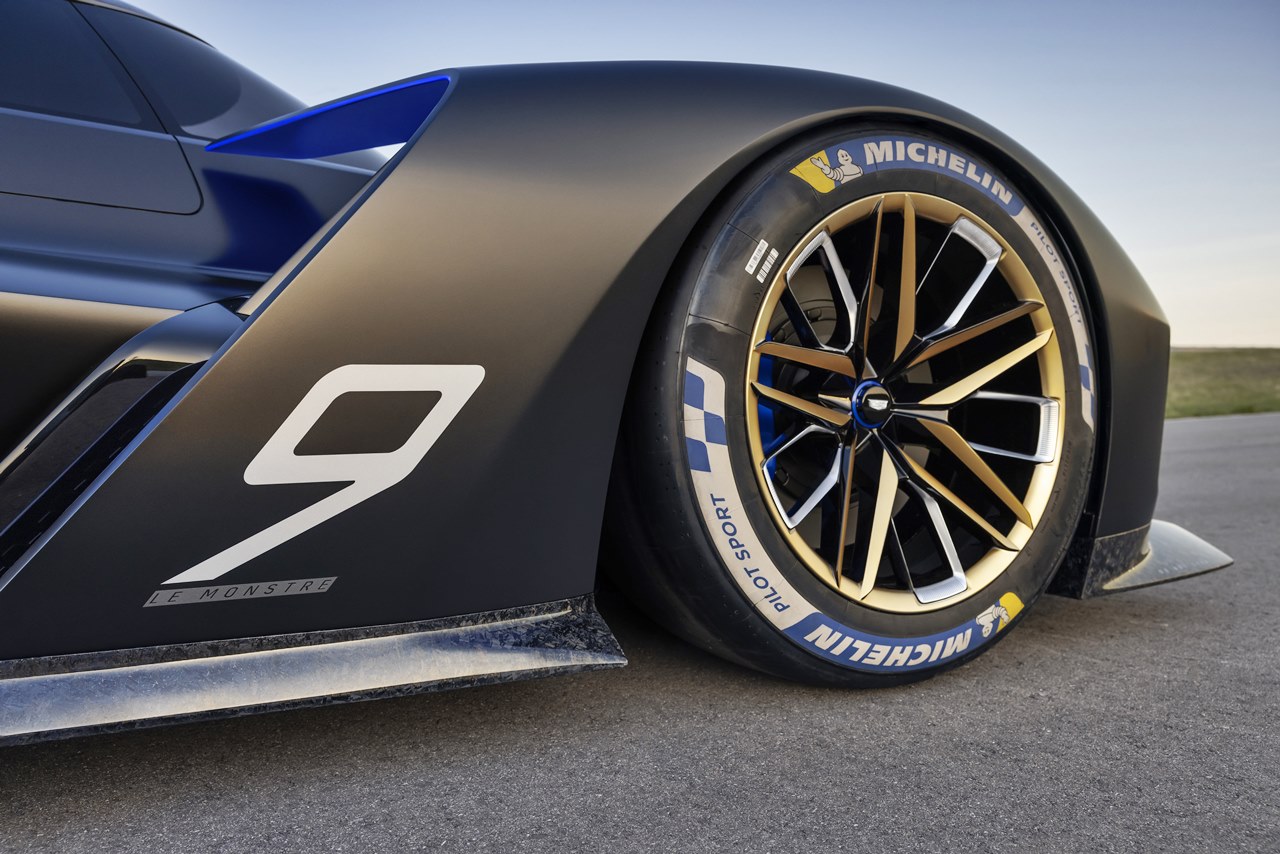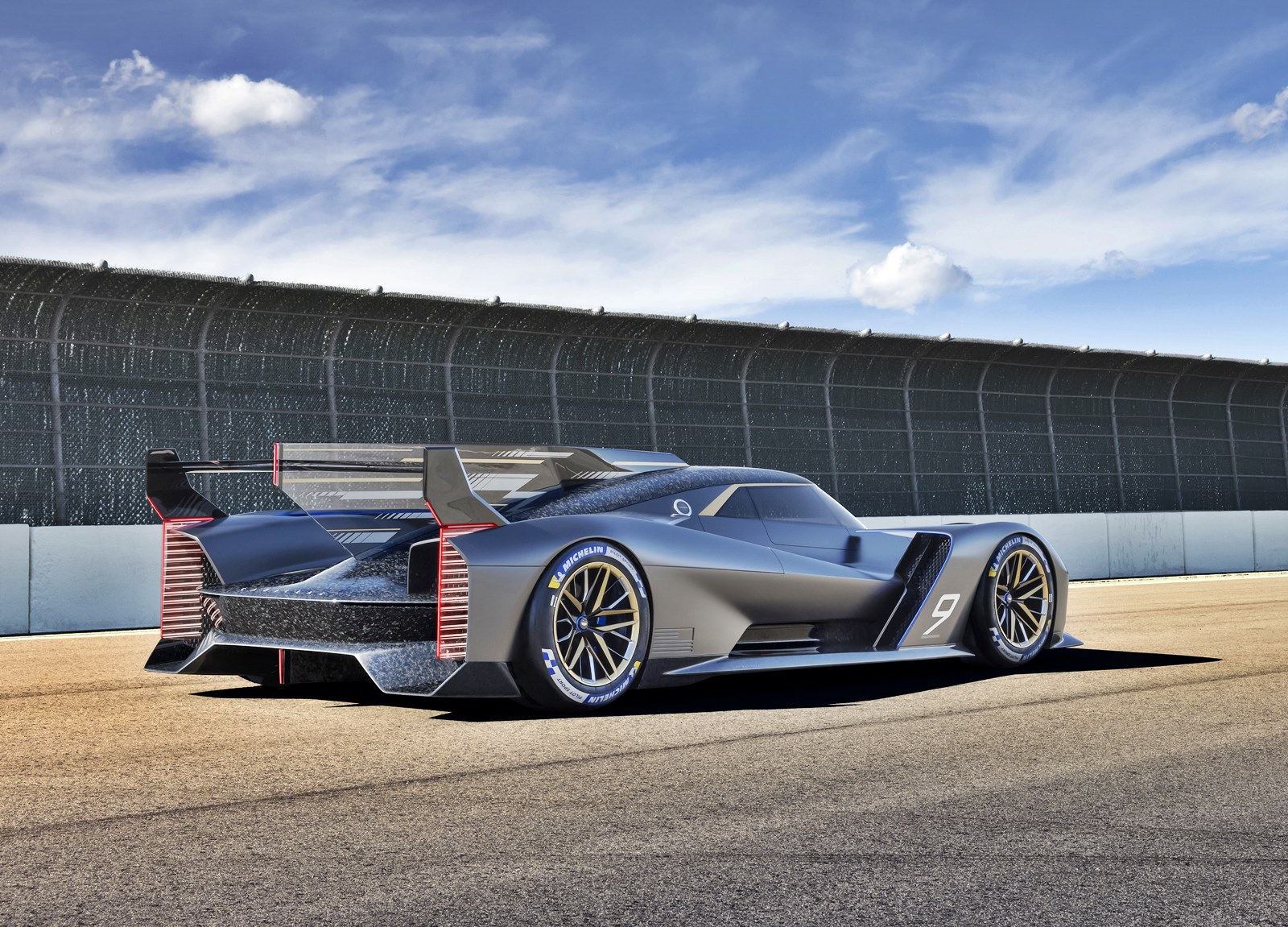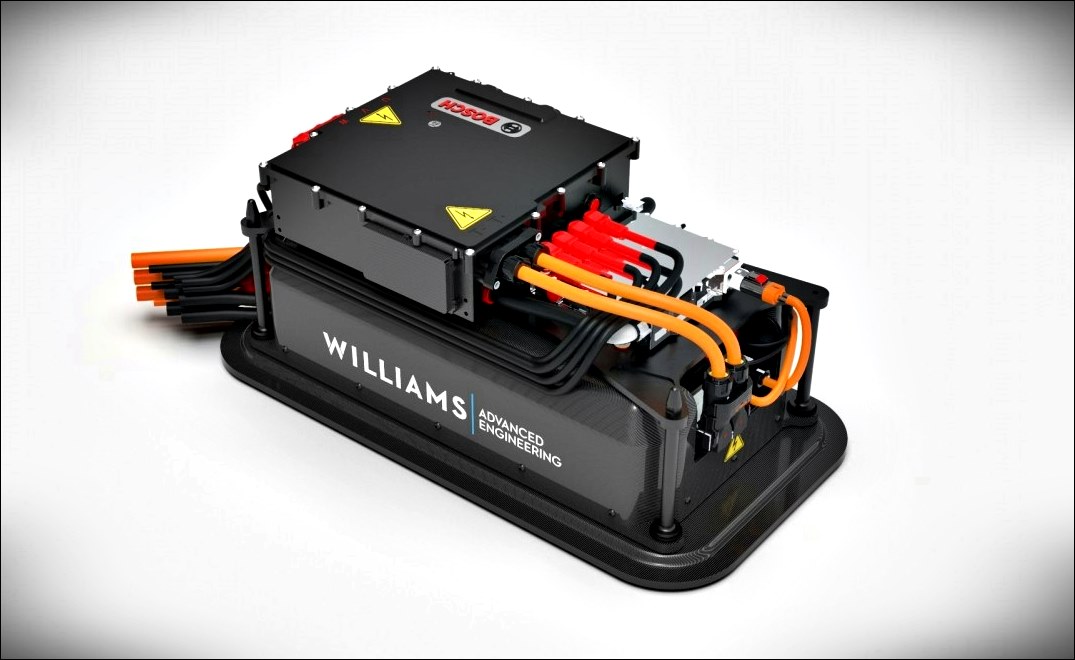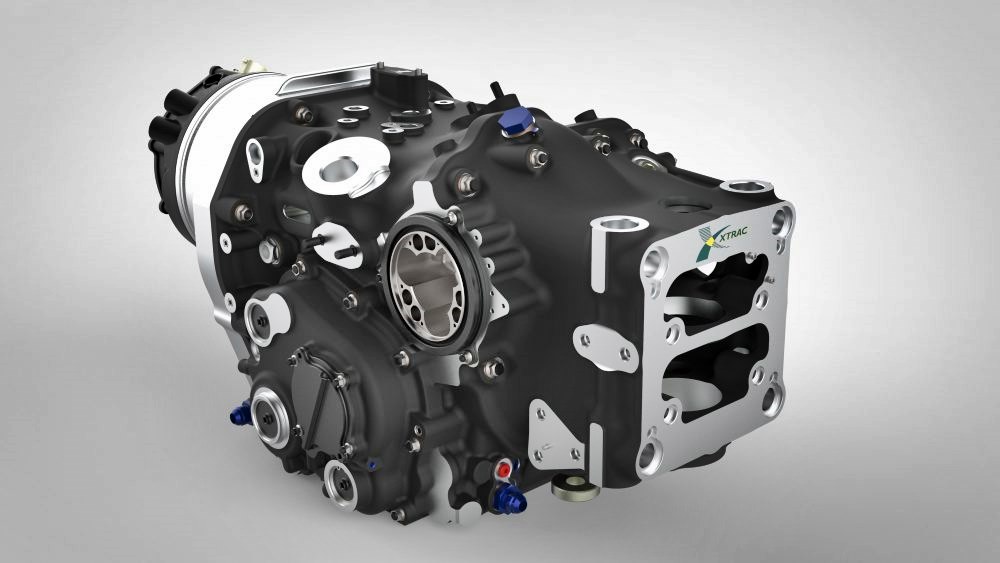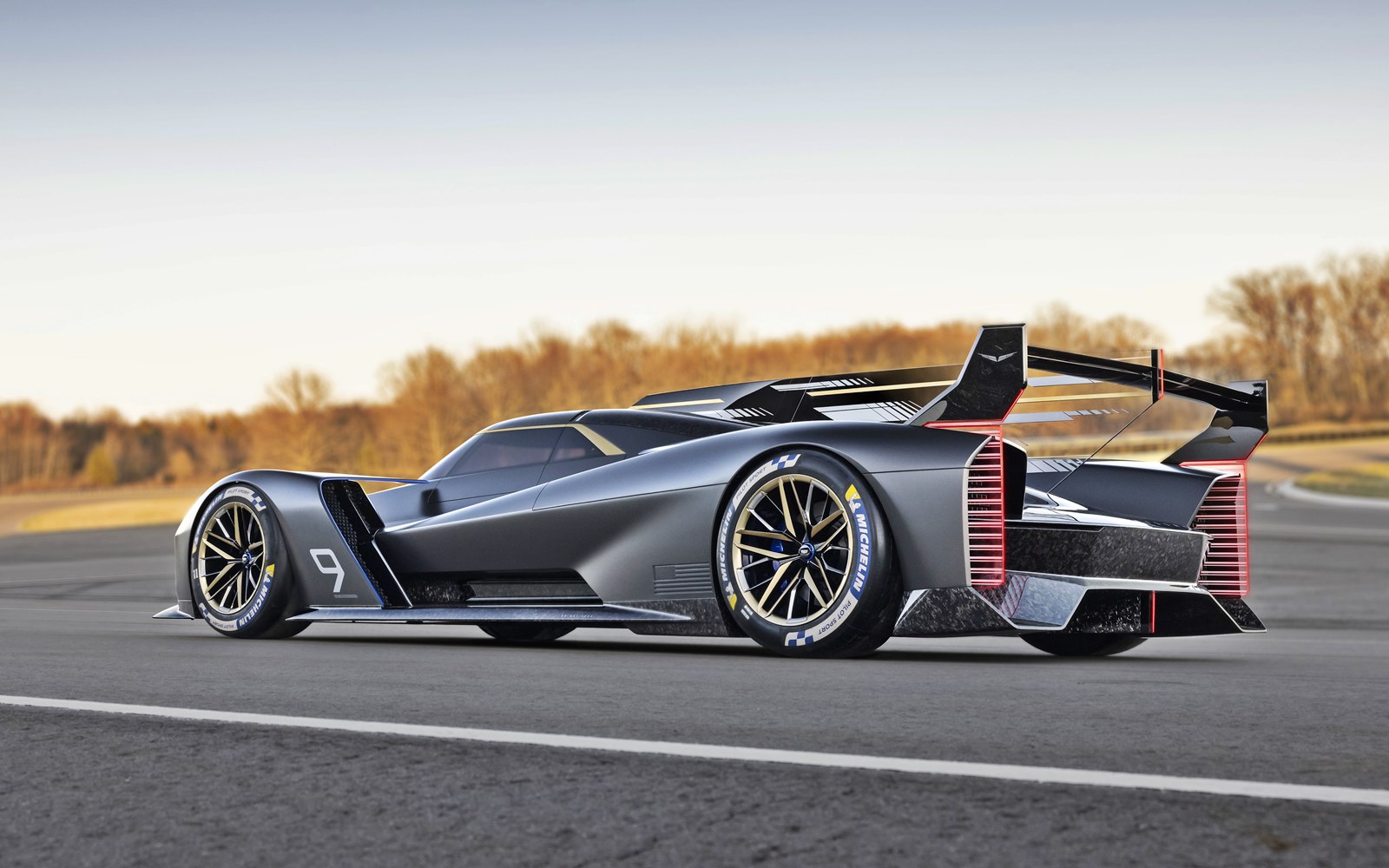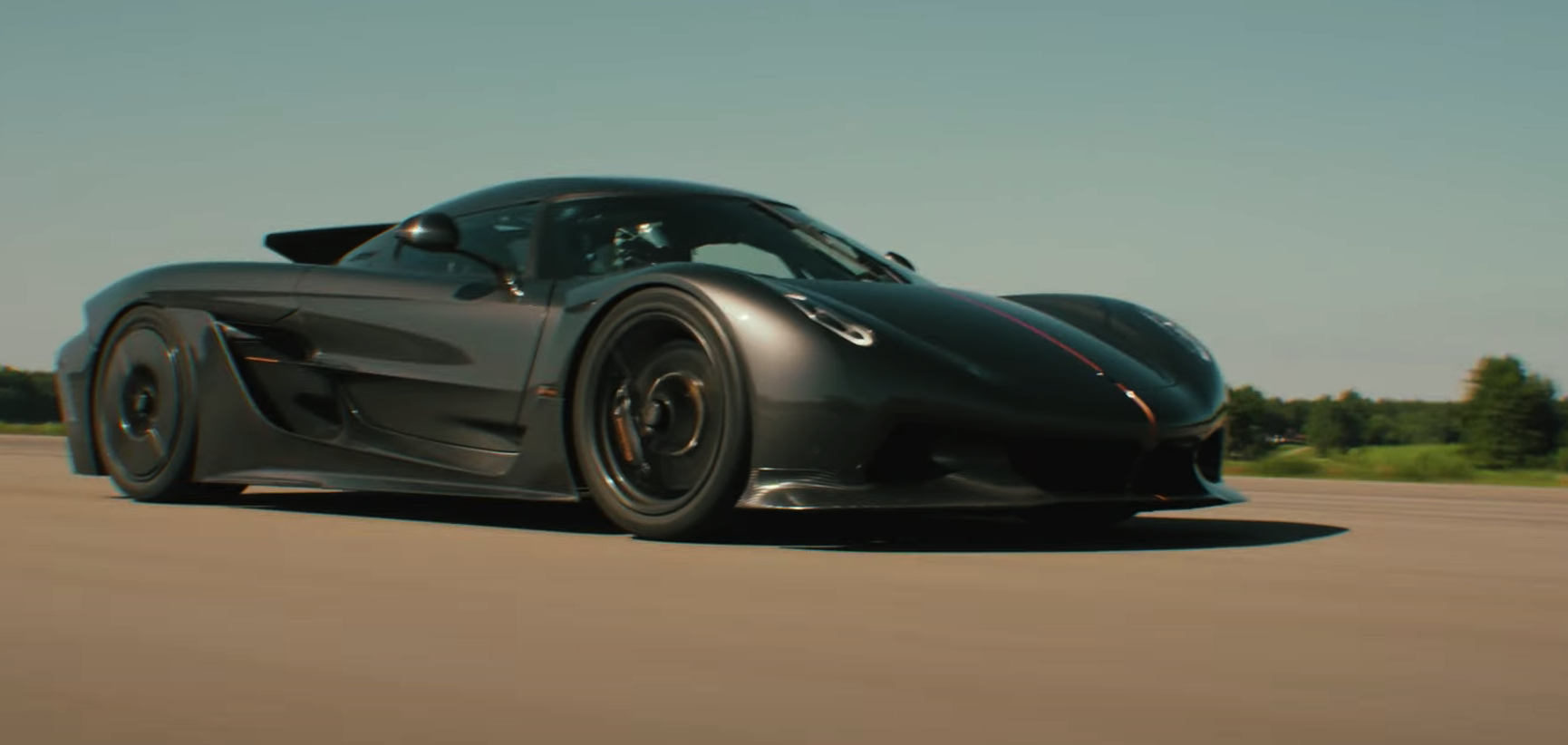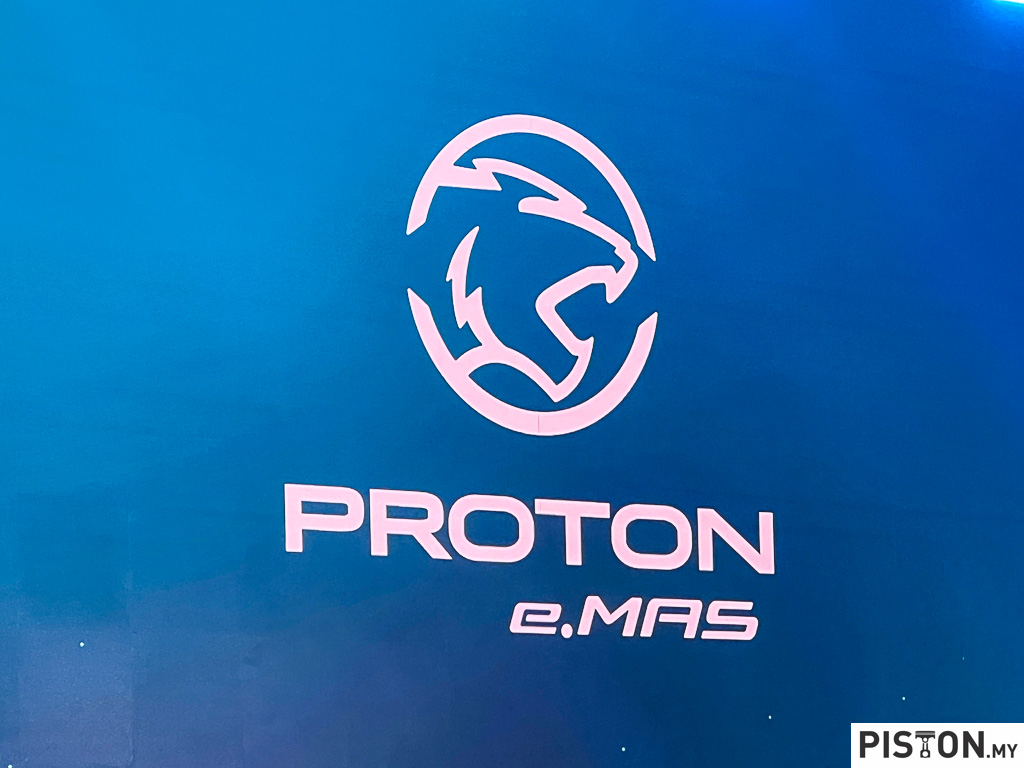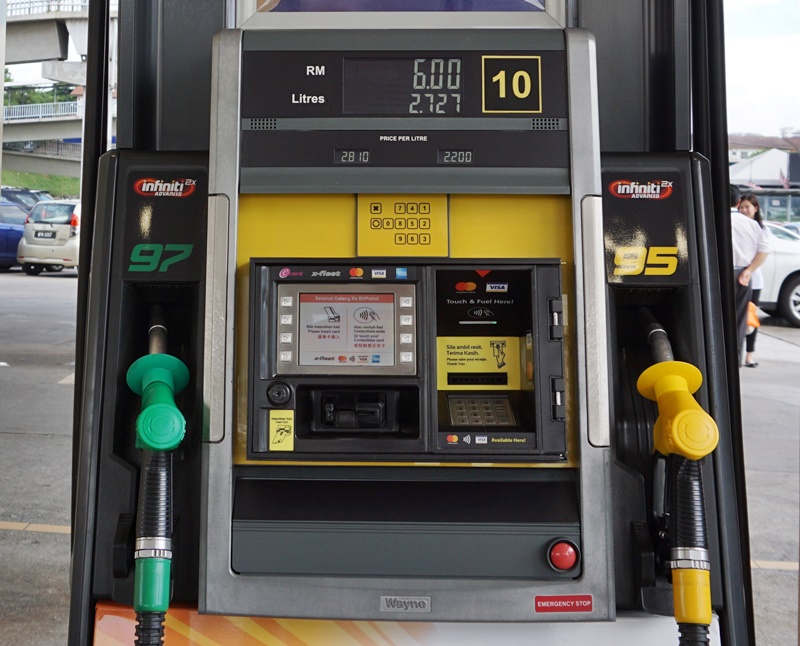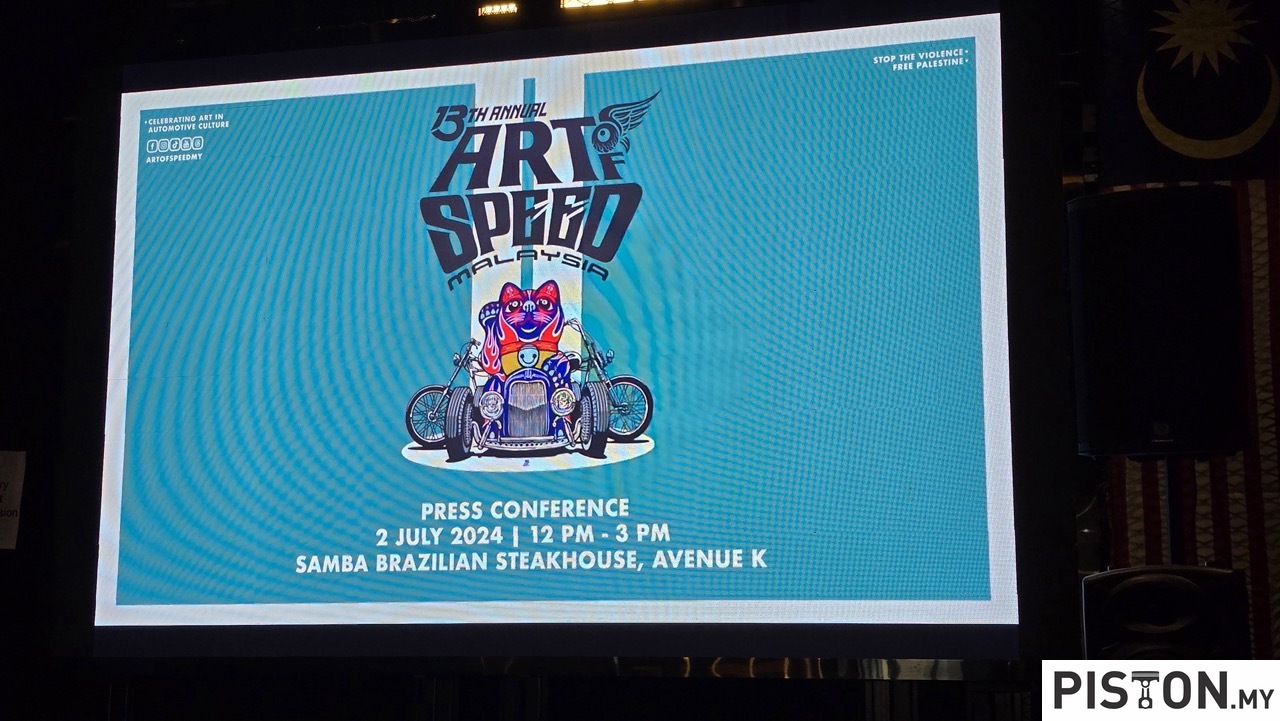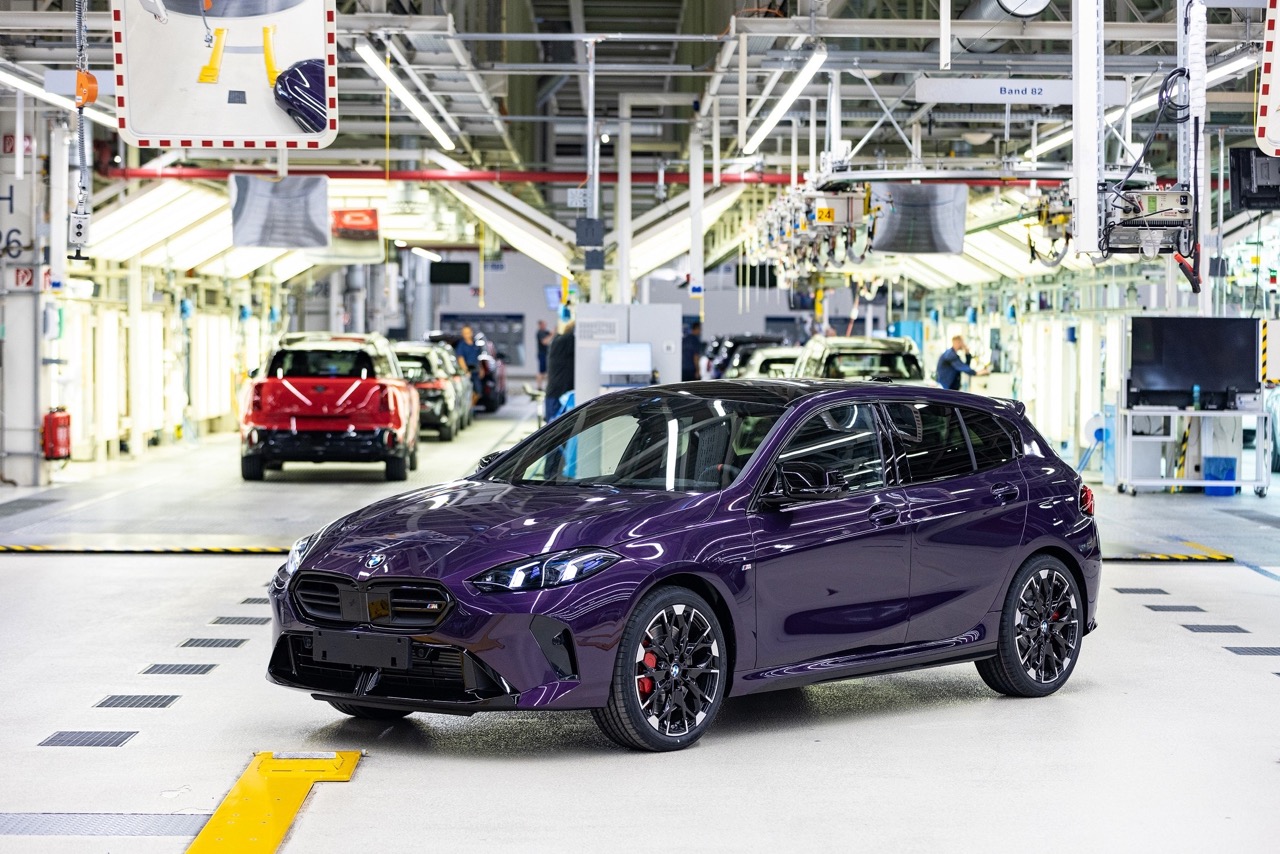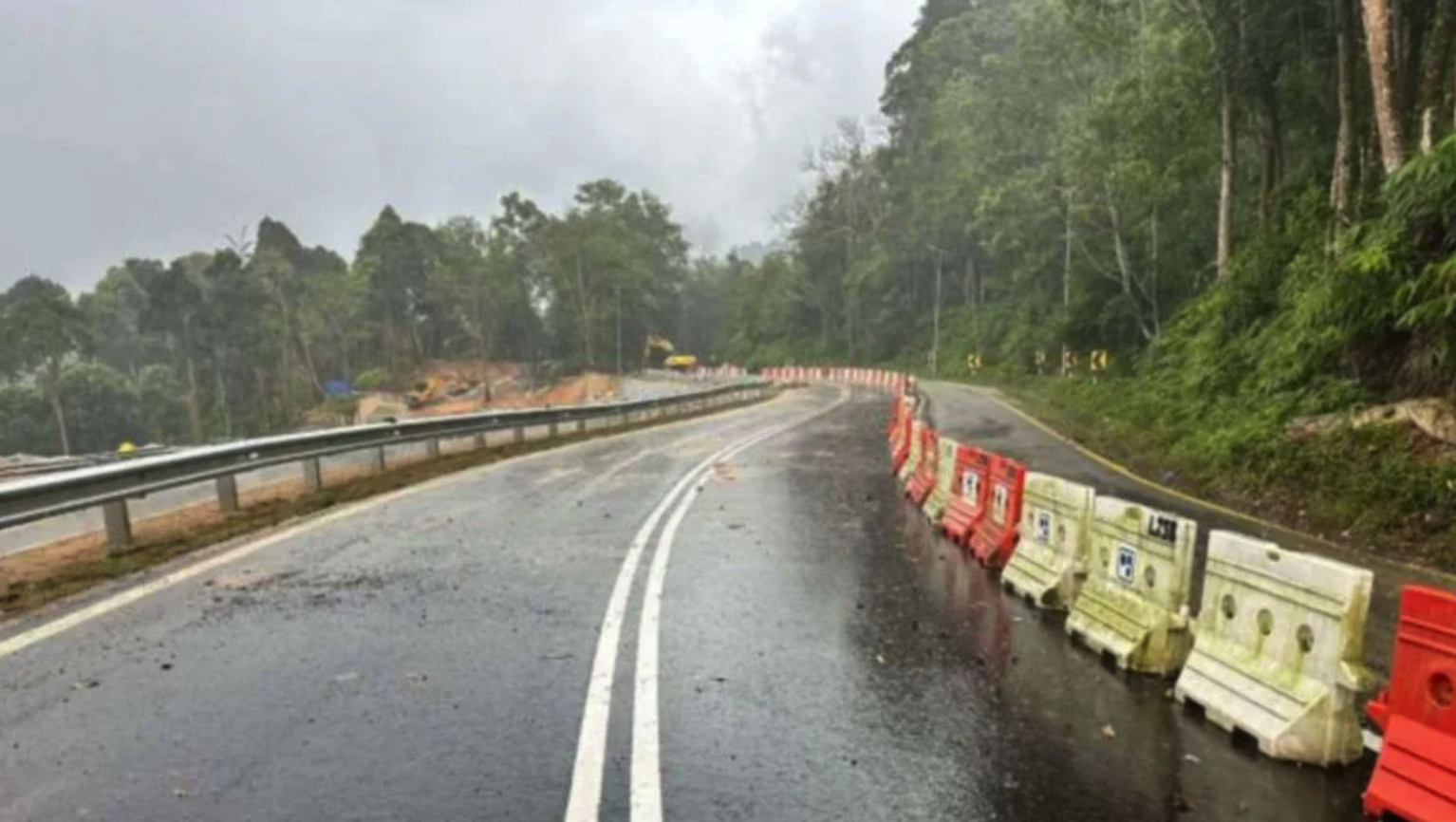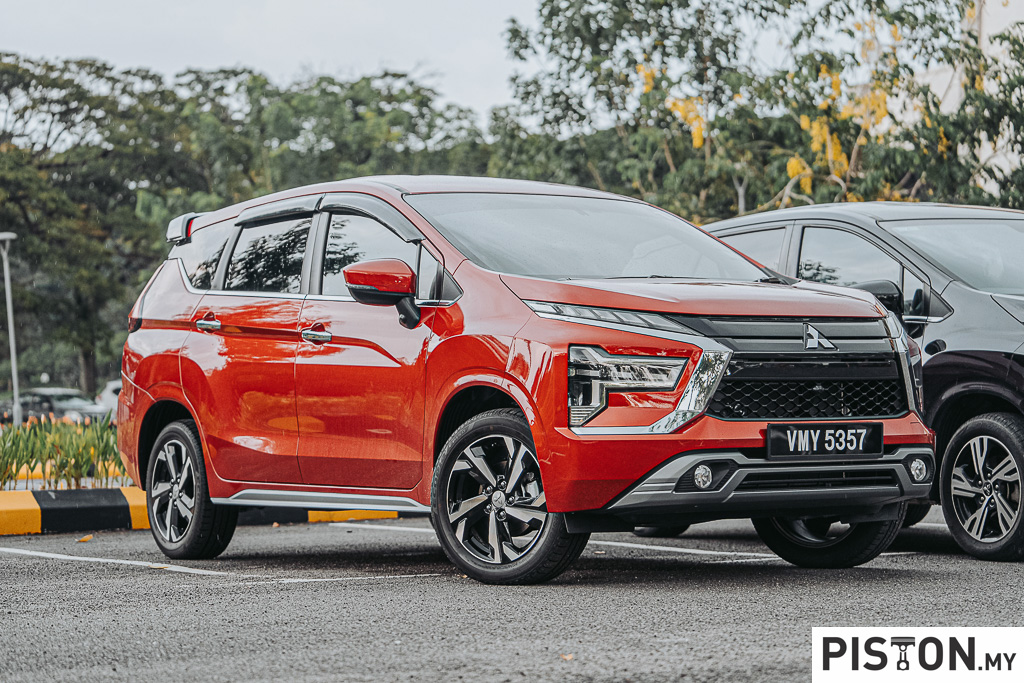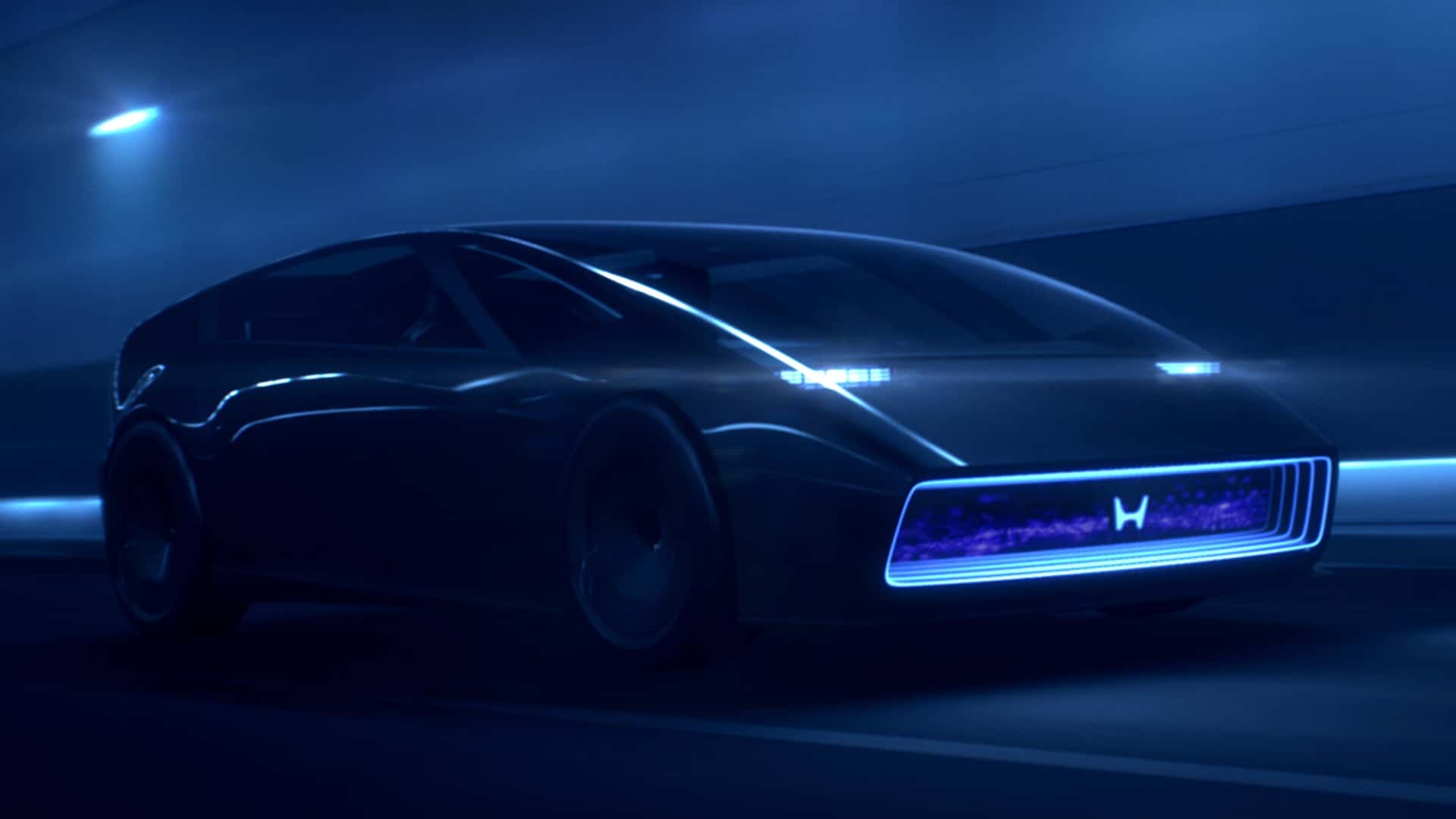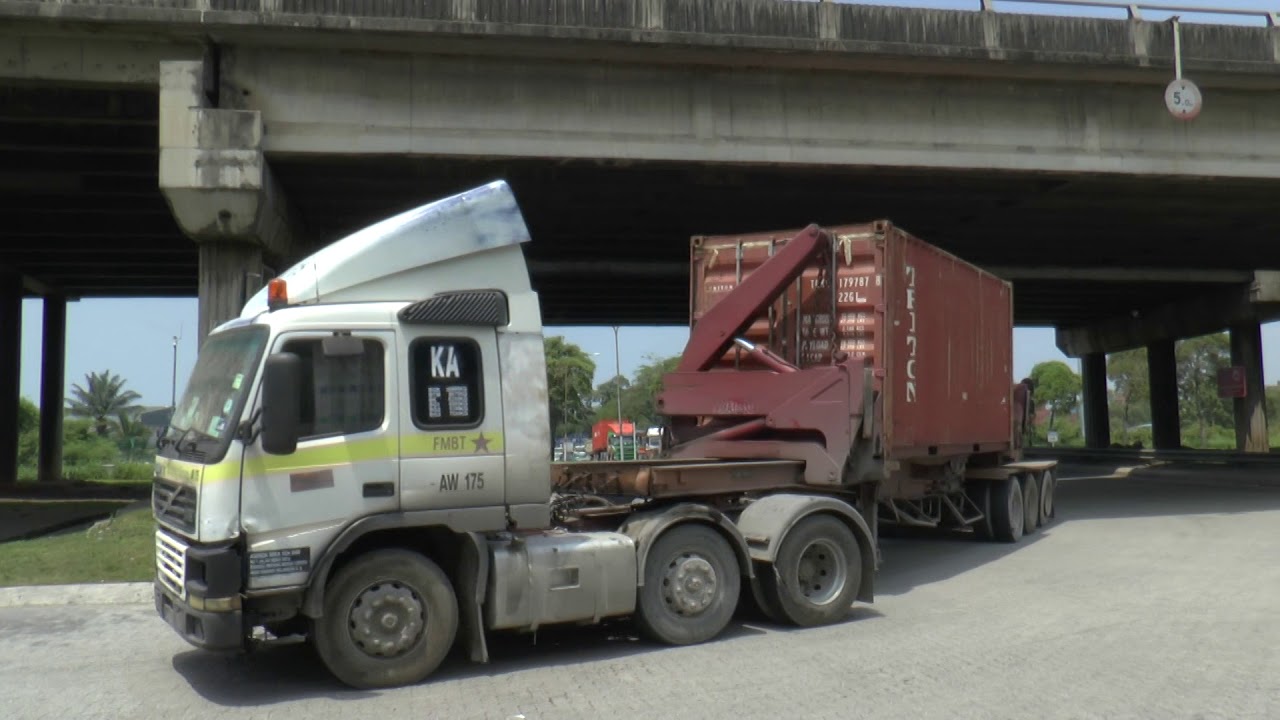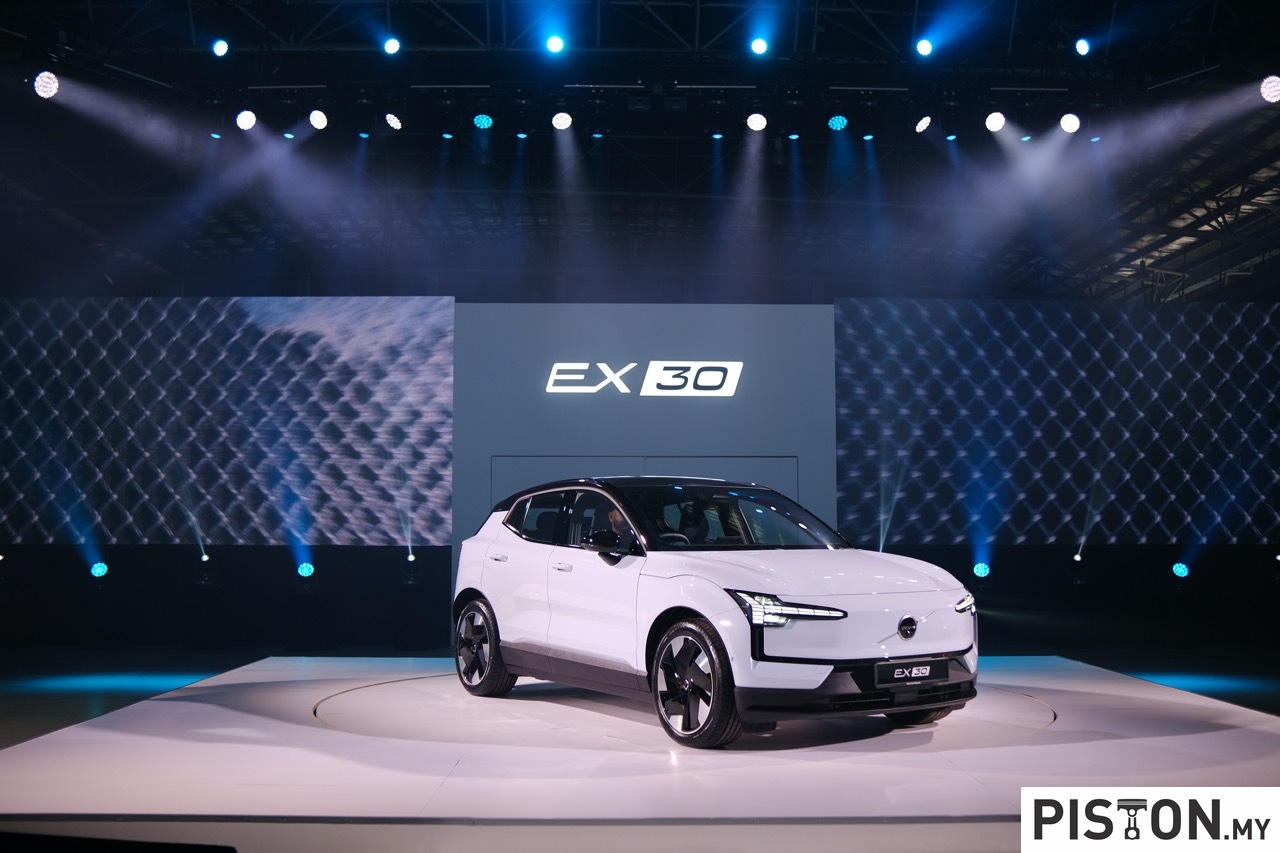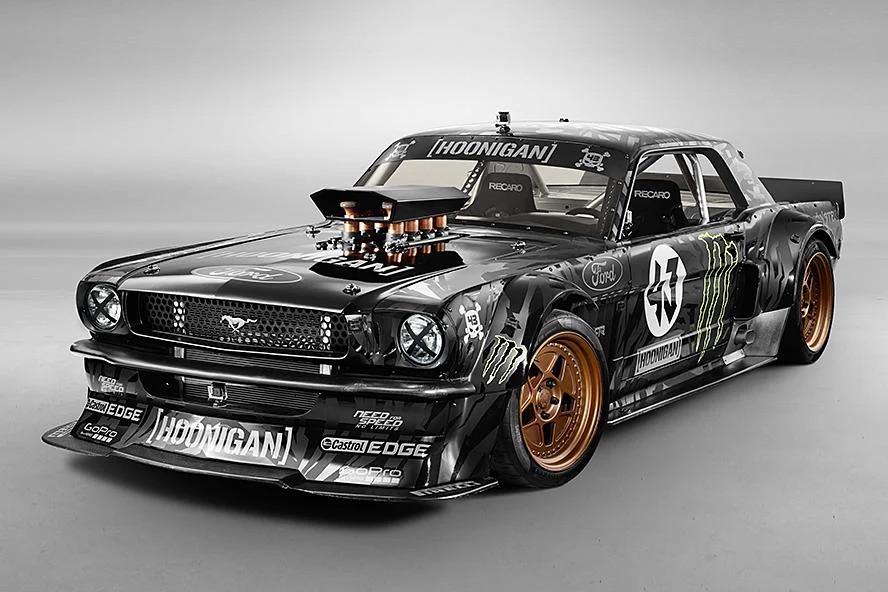After the frustration at Monaco, Charles Leclerc would have been eager to make sure that he took full advantage of his pole position on the Baku startline to get ahead. But as the lights turned green, Red Bull’s Sergio Perez was alert enough to shoot ahead when the Ferrari driver locked up at the first corner, and then began to pull away. As for Perez’ team mate, Max Verstappen, trying to also pass Leclerc was not the immediate objective as he has another Ferrari in his mirrors.
Further back, Aston Martin’s Sebastian Vettel, starting in ninth, managed to sneak past Scuderia AkphaTauri’s Yuki Tsunoda. The rest of the pack generally stayed in order of grid positions initially.
By lap 4, Perez was already 2 seconds ahead of Leclerc while Verstappen had closed in from behind. He could not afford to allow the Dutchman to get past because, when they hit the straight, the Red Bulls would use their superior speed to widen the gap. Sainz was already falling back to about 4 seconds from Verstappen and would soon have Mercedes-AMG’s George Russell coming up.
On lap 9, yellow flags appeared as Sainz departed from the track into the run-off area at Turn 4. He remained there and it was heard over the radio that there was a brake failure. The Virtual Safety Car was activated since the Ferrari was not obstructing and the marshalls got to work recovering the racing car.
With his team mate out, Leclerc quickly headed to the pits to get on hard tyres. Others who came in during the period were Russell, Pierre Gasly and Lewis Hamilton as well. Leclerc’s pit stop put him one place down behind Verstappen and about 14 seconds behind the race leader when he rejoined. The pit stops gave Alpine’s Fernando Alonso a chance to get up to fifth, while McLaren’s Lando Norris was in sixth with his team mate Daniel Ricciardo in seventh.
Hamilton’s pit stop also allowed Vettel to jump ahead and engage Alpine’s Esteban Ocon. However, on lap 13, the Aston Martin driver misjudged the corner at Turn 3 and had to go straight, losing his place to a few others. In his haste to rejoin, he nearly hit Tsunoda.
By lap 15, Verstappen was right up behind Perez and ready to overtake, which he did without drama as his team mate let him go by. Now Perez would have to watch for Leclerc who was still some 10 seconds behind. With that safe gap, Perez came in to get fresh and hard tyres. But the stop was a slow one and when he rejoined, Leclerc had gone past and he just managed to get in ahead of Russell.
Verstappen finally came in on lap 19 to change his tyres for the first time, also to hards. He had a 9-second gap when he came in but it was not enough to allow him to return and still be in the lead, which was taken by Leclerc. Meanwhile, further back, Hamilton’s patience paid off as he pushed past Ocon and got up to ninth.
And then disaster struck for Leclerc on lap 20 as smoke appeared from his car and he lost power. He managed to return to the pits – but his race was over. Another race to forget for Ferrari which had started the season looking good. So it was Red Bull in 1-2, with Russell 14 seconds behind the leader in third. But the race isn’t over till the chequered flag comes out and with the high temperatures, things could still happen to change the expected outcome.
Along with Leclerc, Alfa Romeo’s Zhou GuanYu also had to retire. On lap 24, he was asked to pit as there was ‘a technical issue’, preventing him from finishing another race.
As the 51-lap race crossed the halfway point, the three front cars were well ahead of the others. Behind Russell, the gap was around 20 seconds to Scuderia Alphatauri’s Pierre Gasly. Pursuing him were Hamilton and Ricciardo, with Tsunoda trying hard to stay with them.
While Leclerc was saying how ‘hurt’ he felt with the engine failure, Hamilton was really feeling hurt physically. He was heard to tell his team over the radio that his back was hurting badly due to the porpoising. This condition is occurring in the new 2022 cars as the ground effect aero causes them to ‘bounce’ at high speed. The alternating downforce and lack of it keeps pulling the car body up and down. While some constructors have found solutions, it seems that the Mercedes-AMG engineers still can’t overcome it and the drivers are getting suffering.
Another Ferrari-powered car also ended its race on lap 33. It was the Haas F1 of Kevin Magnussen who had been struggling to endure the porpoising and was about to get past Ocon. But then he dropped back and pulled to the side of the track. The Virtual Safety Car was again activated, giving the three front-runners an opportunity to get fresh tyres for the remainder of the race.
When racing resume on lap 36, Hamilton had gotten new tyres and was ready to push hard. He quickly got past Tsunoda who was on old tyres, nut would have to work hard to close the 10-second gap to Gasly. His team mate, Russell, was in a comfortable position in third and did not try too hard to go after Perez.
On lap 40, balck and orange flags were waved at Tsunoda as his car was spotted with a damaged rear wing. He was required to go back to the pits where the crew was waiting to fix the problem with tape. But the fix meant he would have no DRS although he did get new tyres.
Hamilton got past Gasly on lap 42 and was up to fourth, but still over 30 seconds behind Russell. It was a good position for a change but he still had to be alert for Gasly trying to take back the position from him. However, the Scuderia Alphatauri driver was also told not to try too hard as getting the points was important – no point engaging Hamilton and then making a mistake and have to retire.
With less than 10 laps remaining, both McLarens were in the top 10 and looking forward to taking home points from Baku. Ahead of them was Alpine’s Fernando Alonso, who was within reach but Alonso was not close enough to try to take on Vettel. Both McLarens were watching Alonso closely, waiting for just one mistake.
Verstappen must have been praying not to have any surprise like last year as he headed towards the finish. But for Aston Martin’s Lance Stroll, there would be no crossing the finish line as he was pulled out of the race on lap 48. Verstappen did have a moment of concern when he reported that he felt ‘something’ with his brakes but he took the chequered flag without incident and strengthened his lead, along with that of Red Bull Racing with Perez also picking up a big chunk of points.




